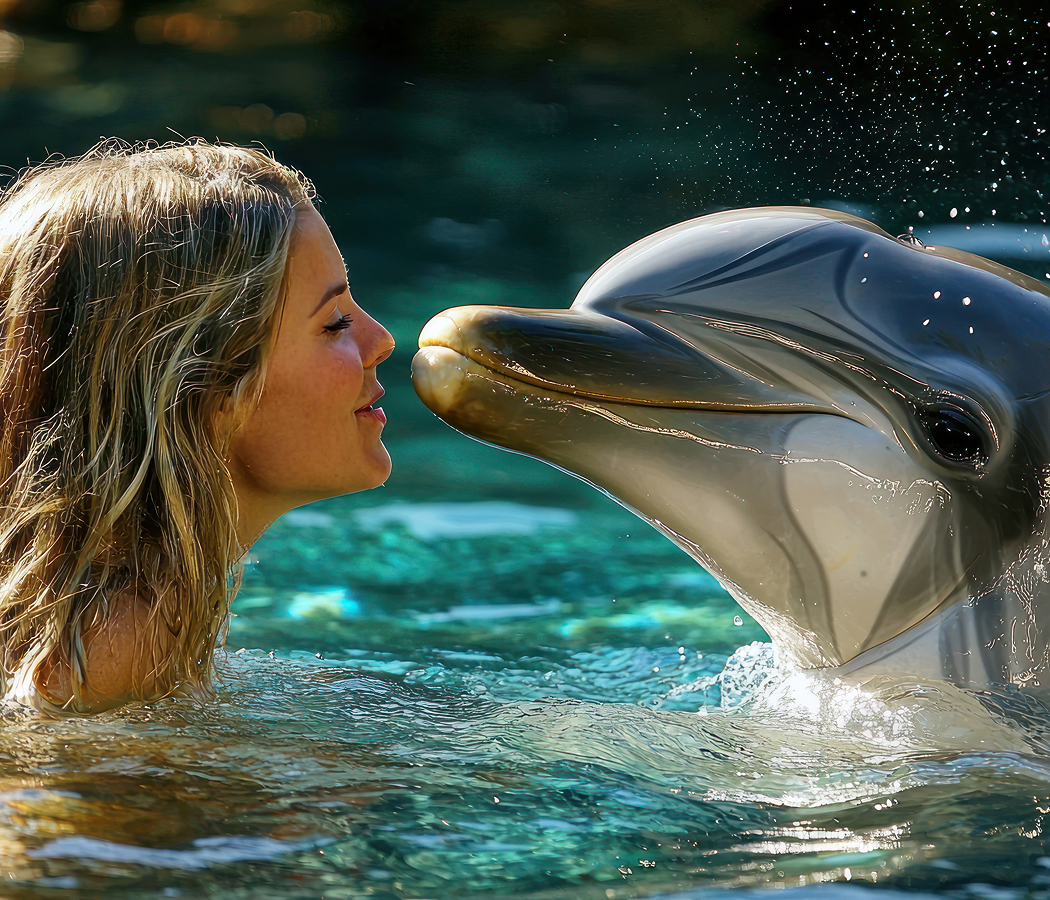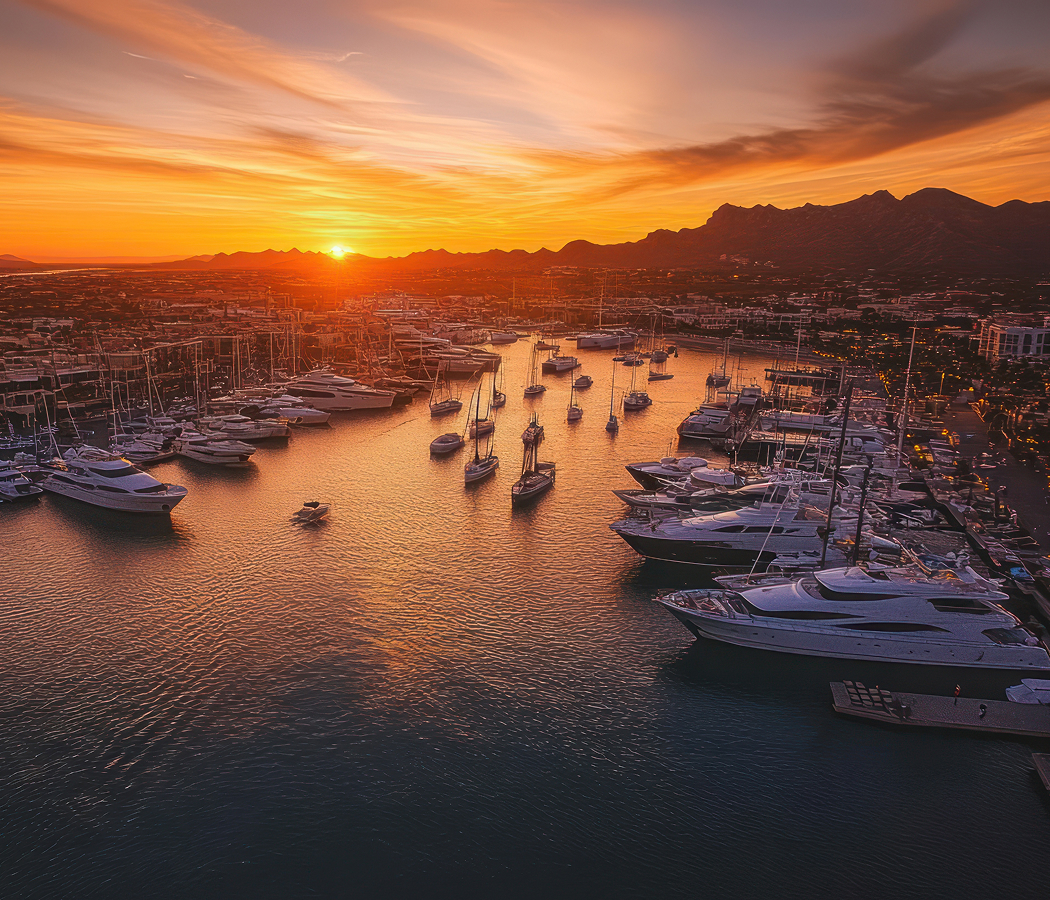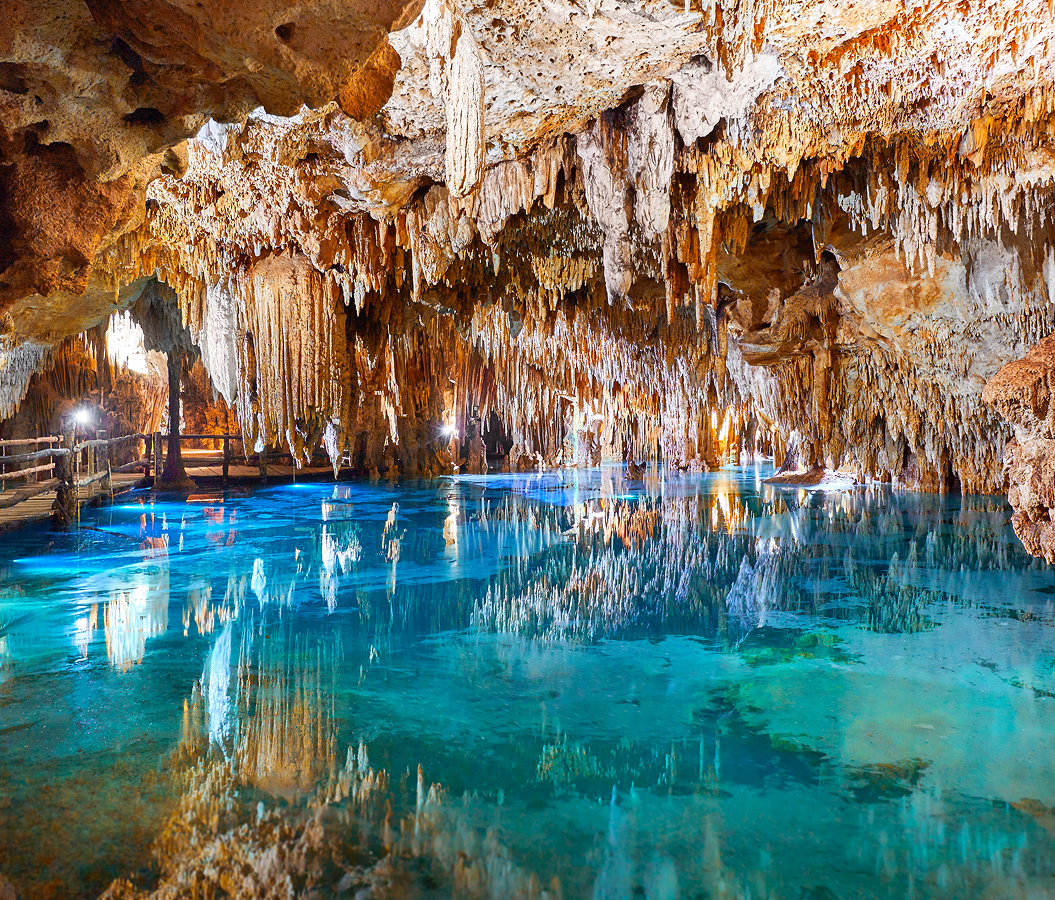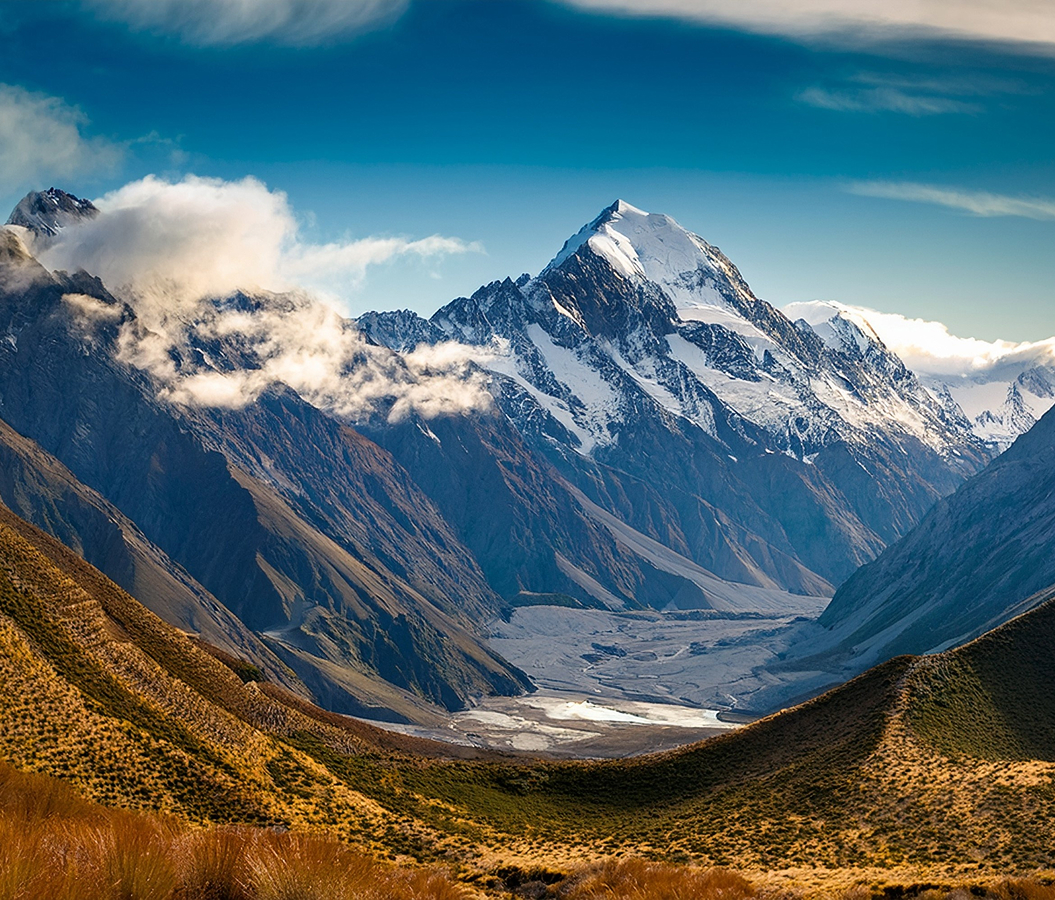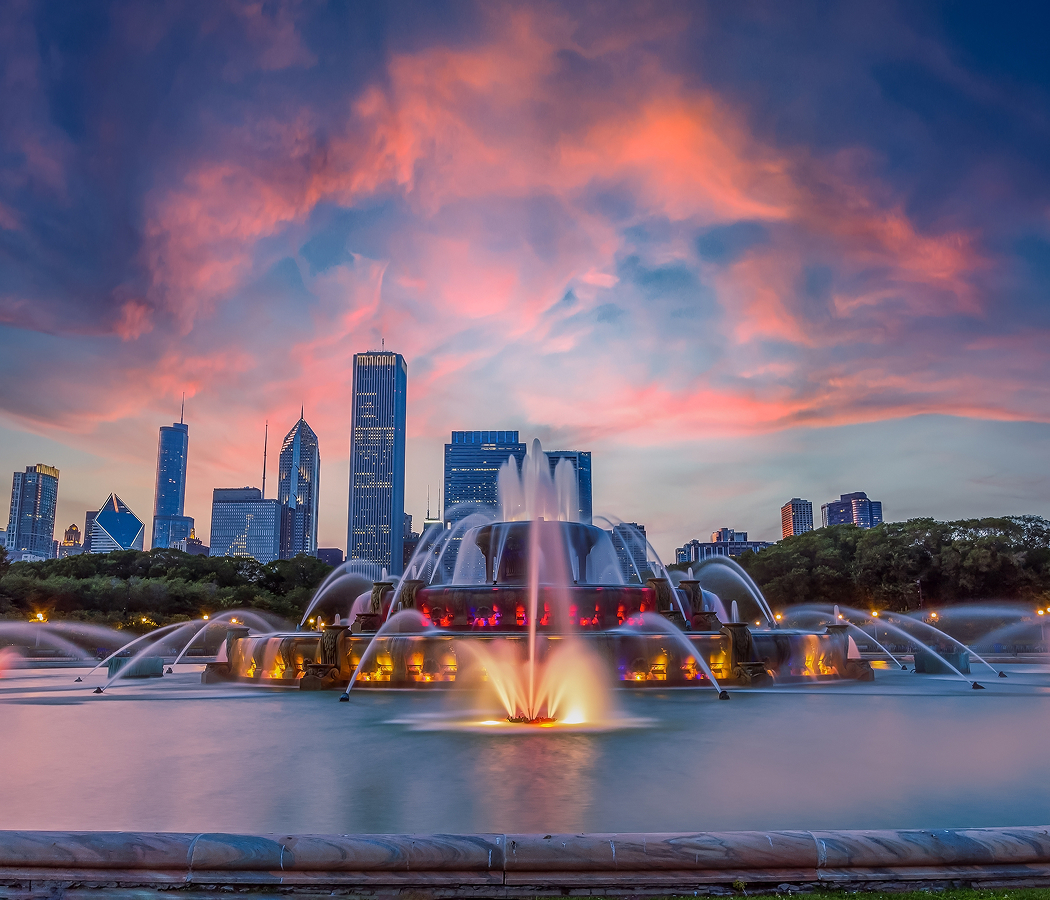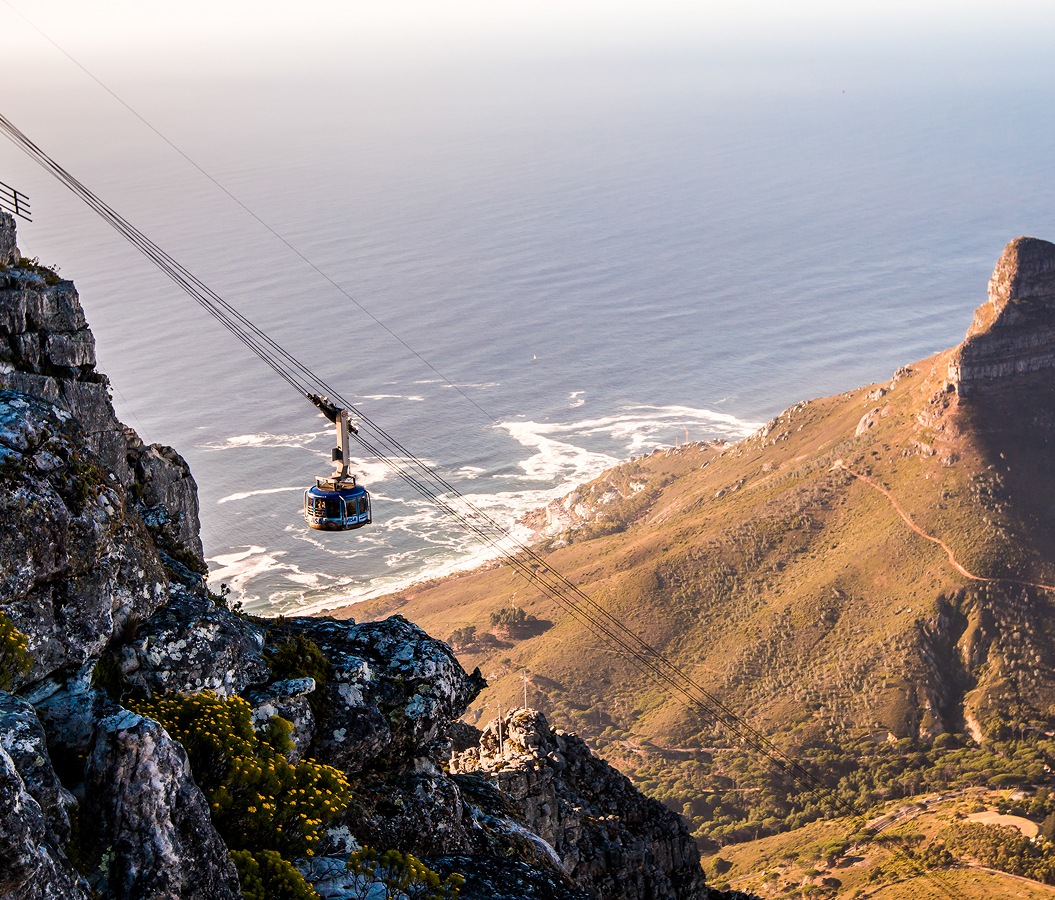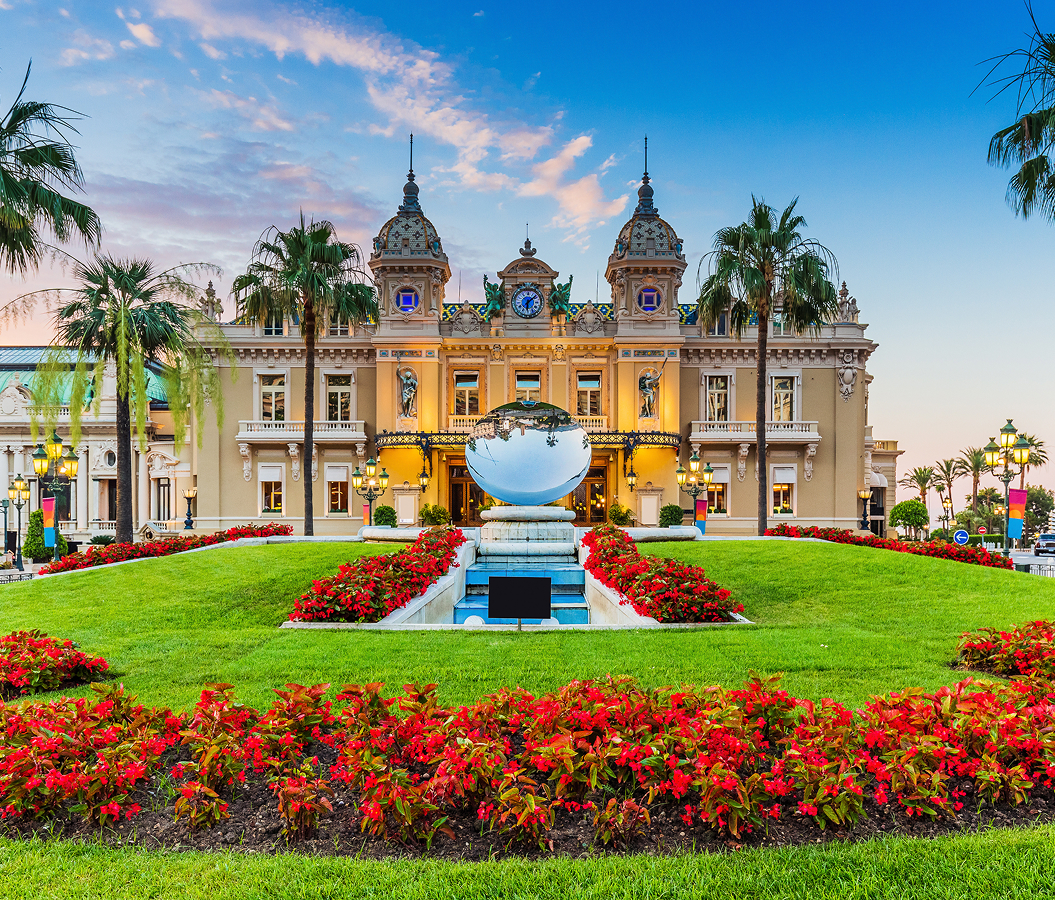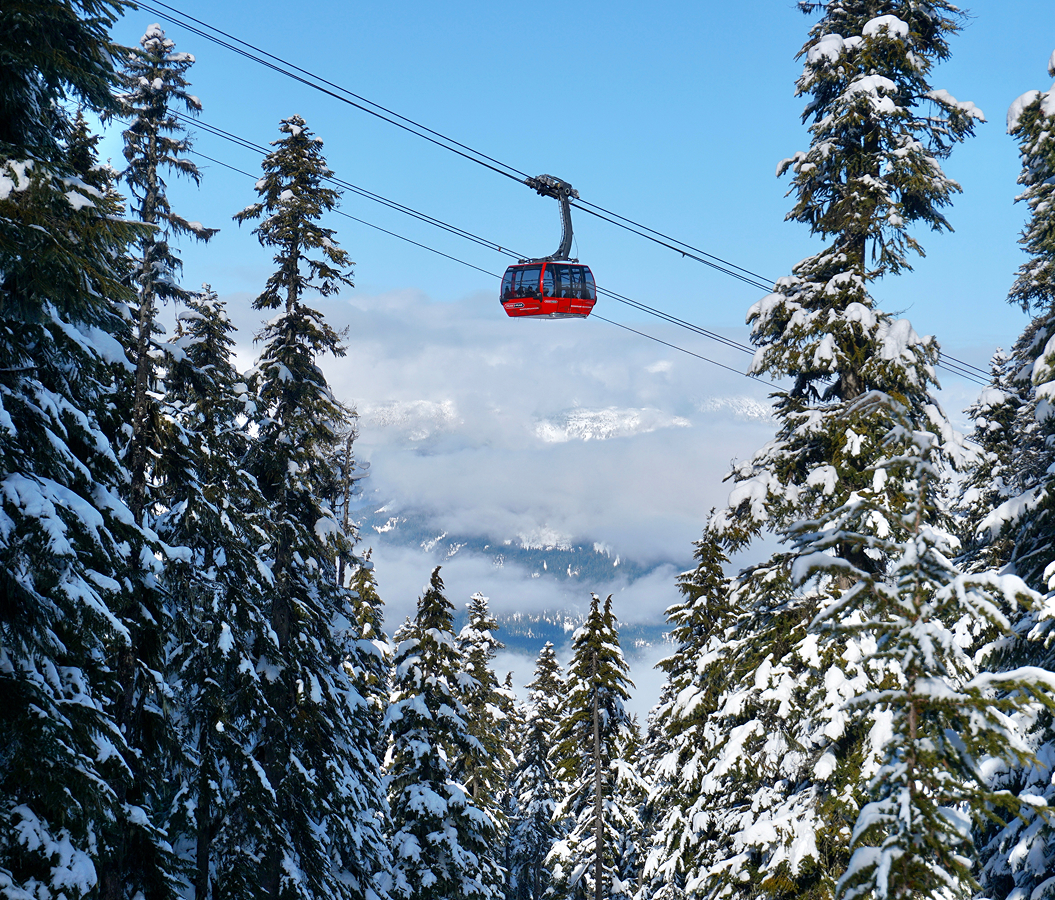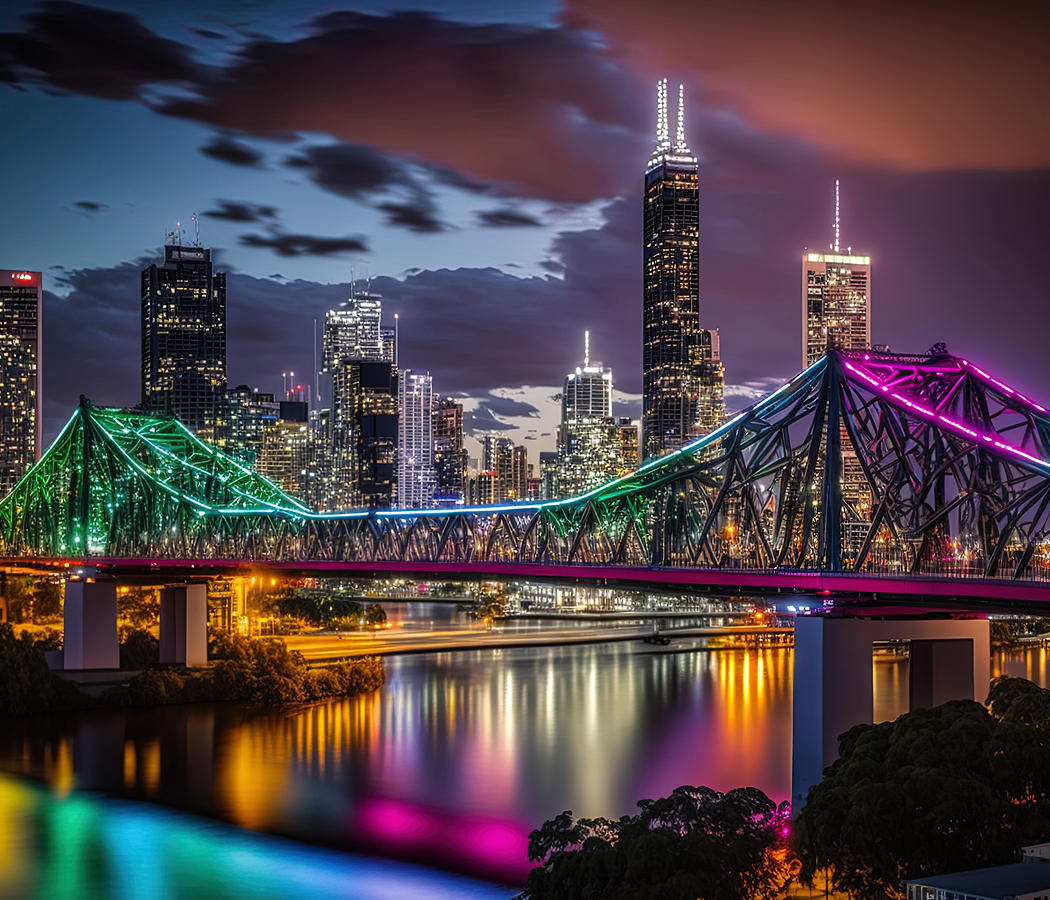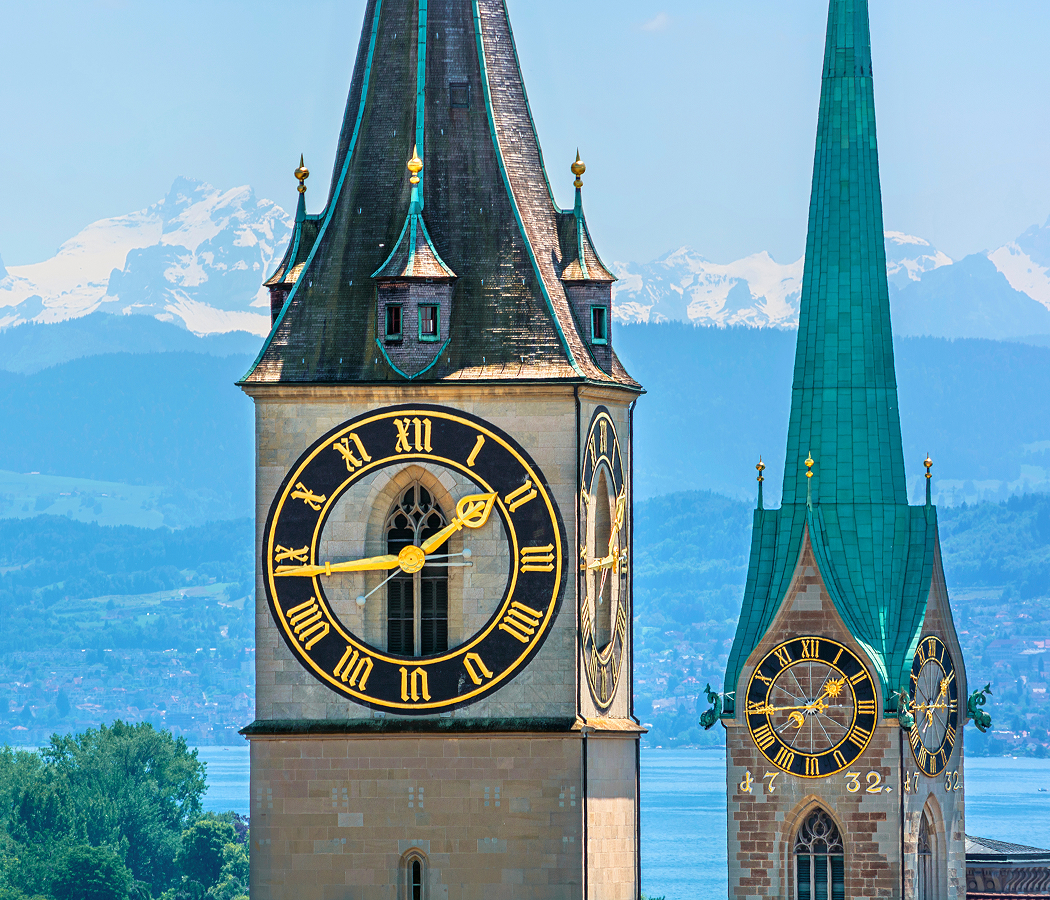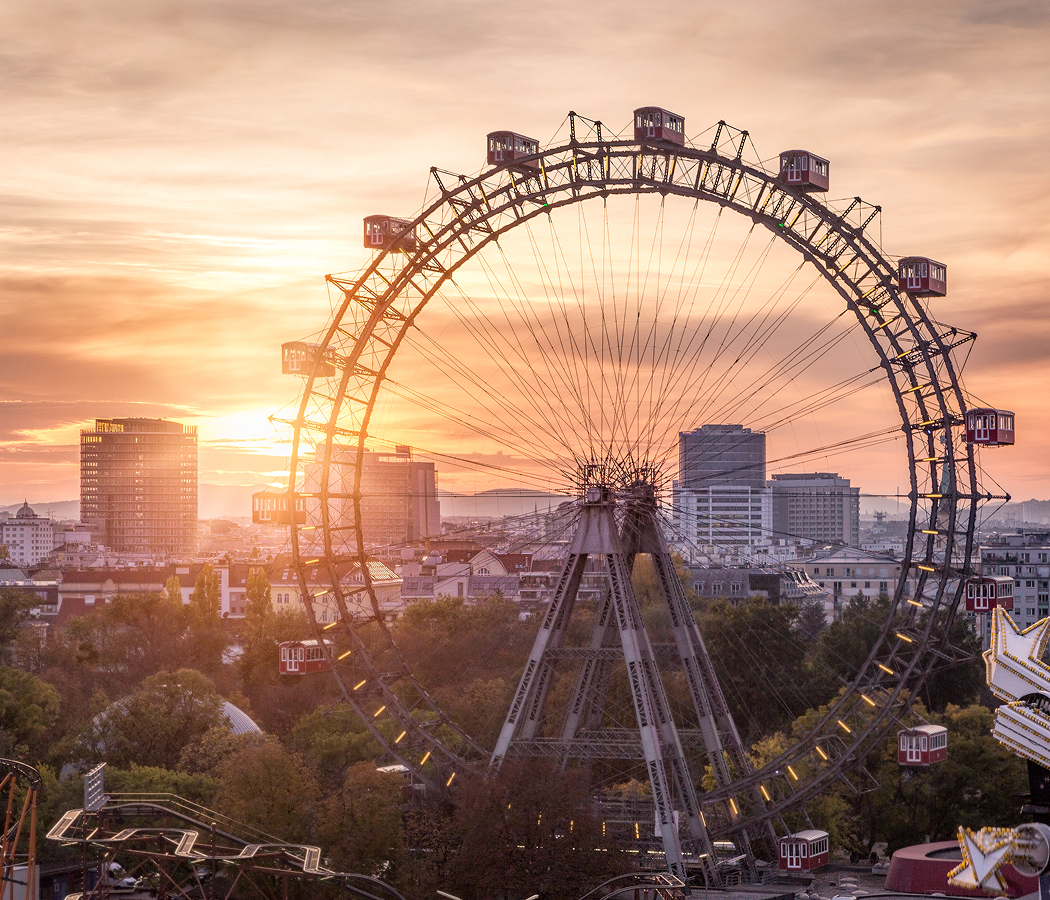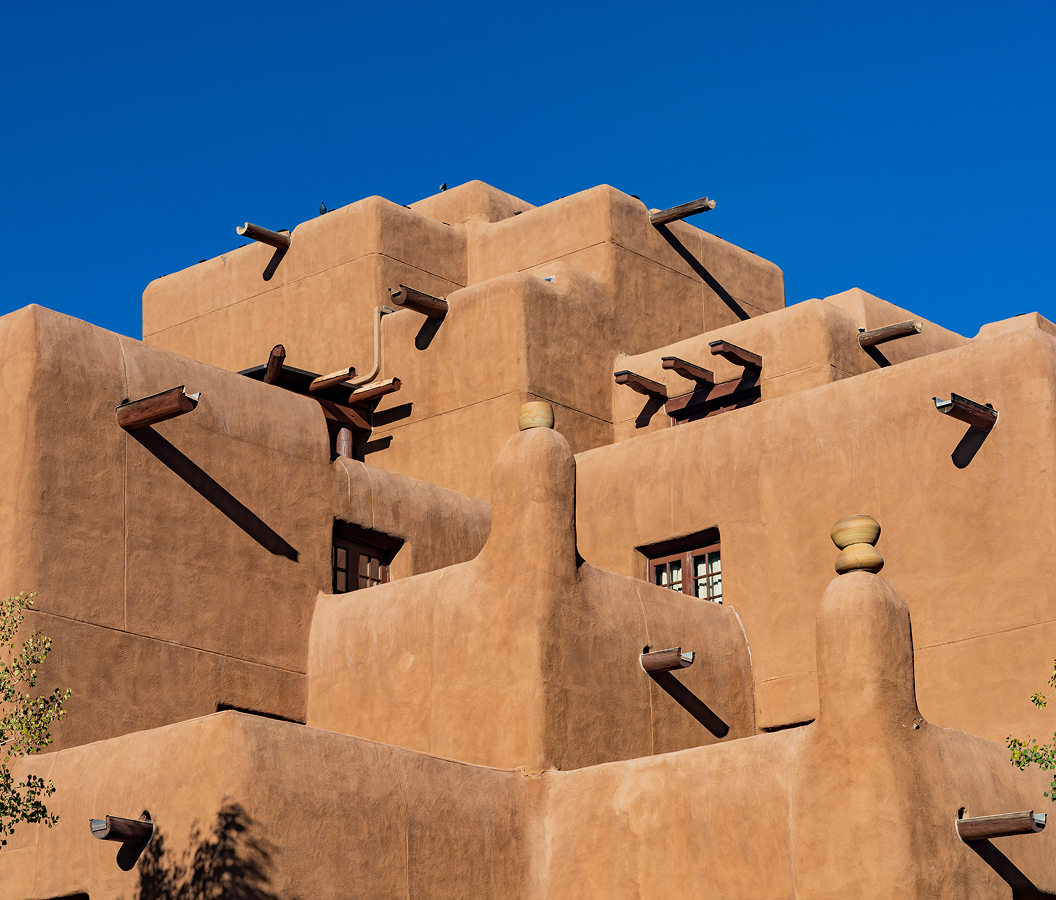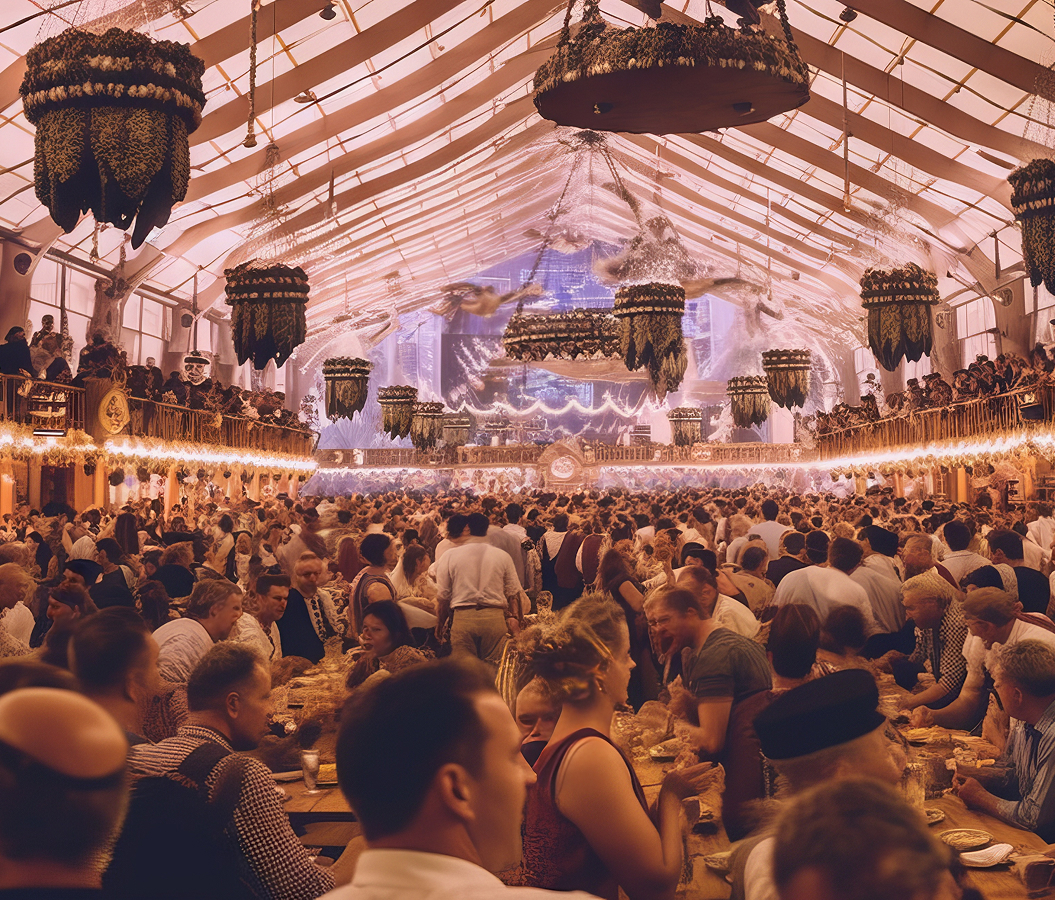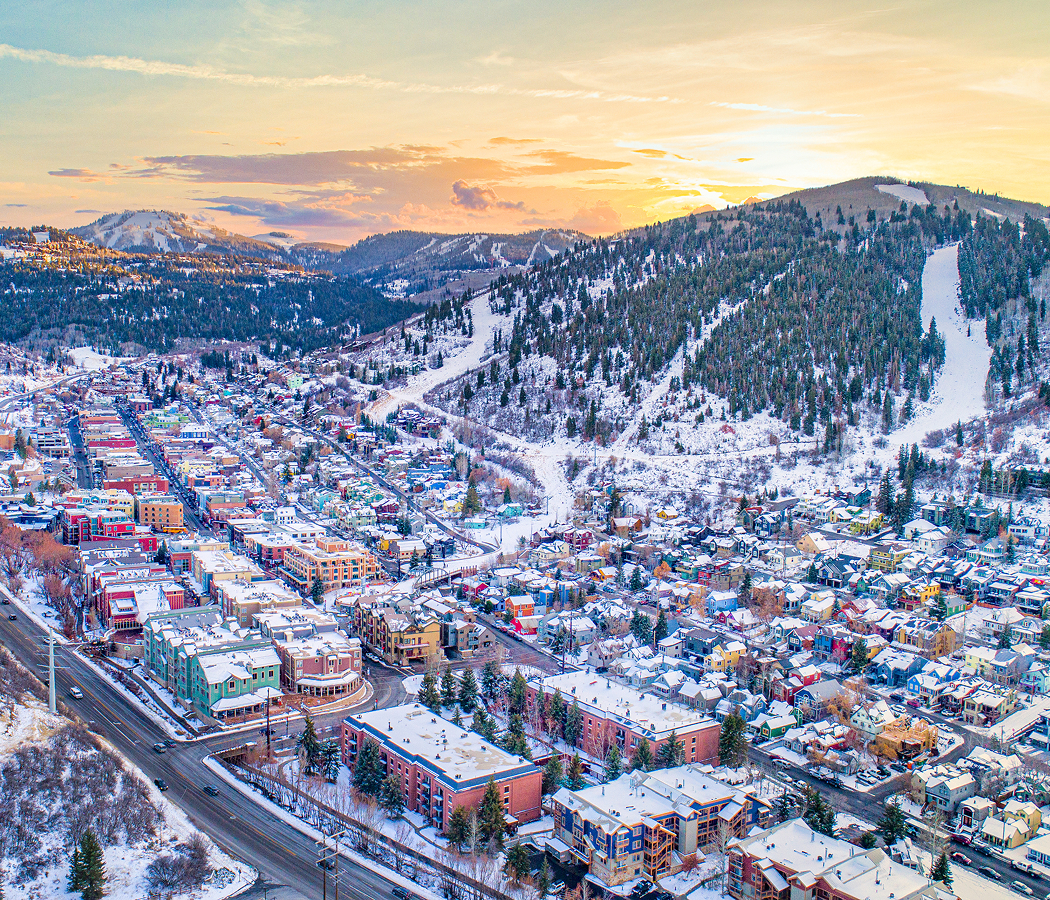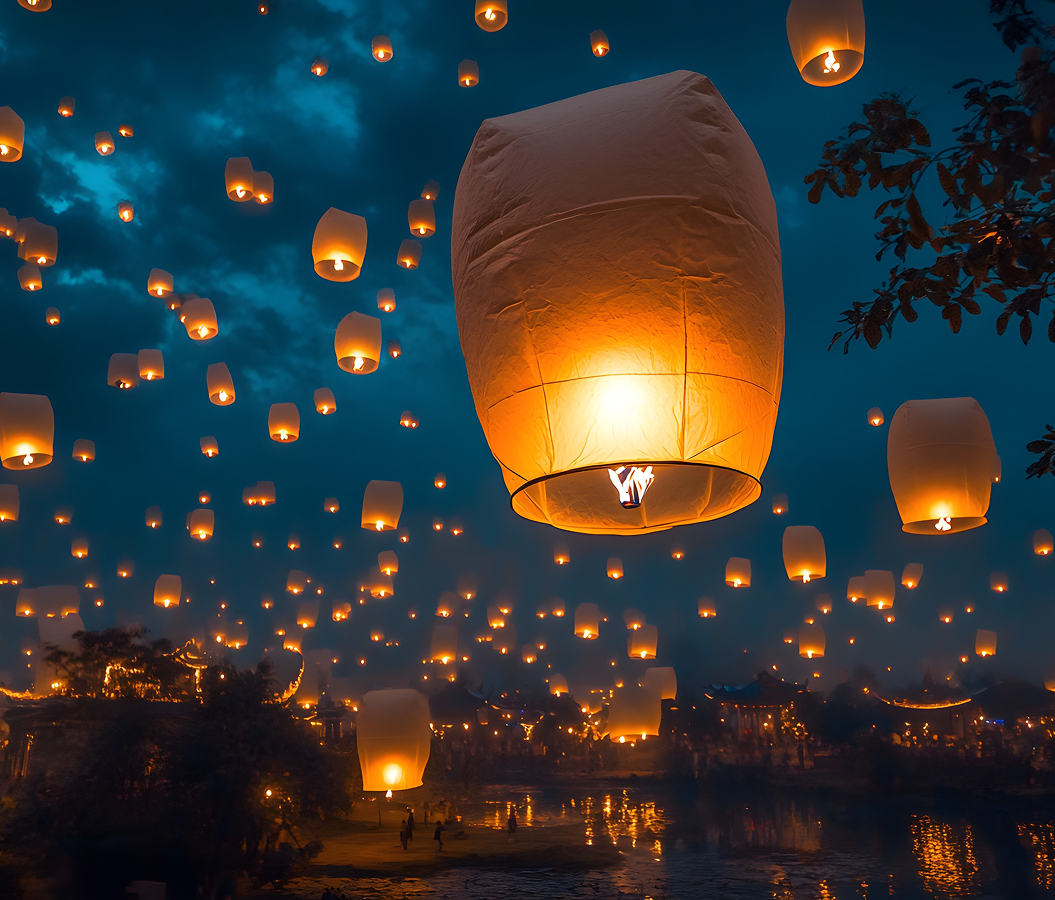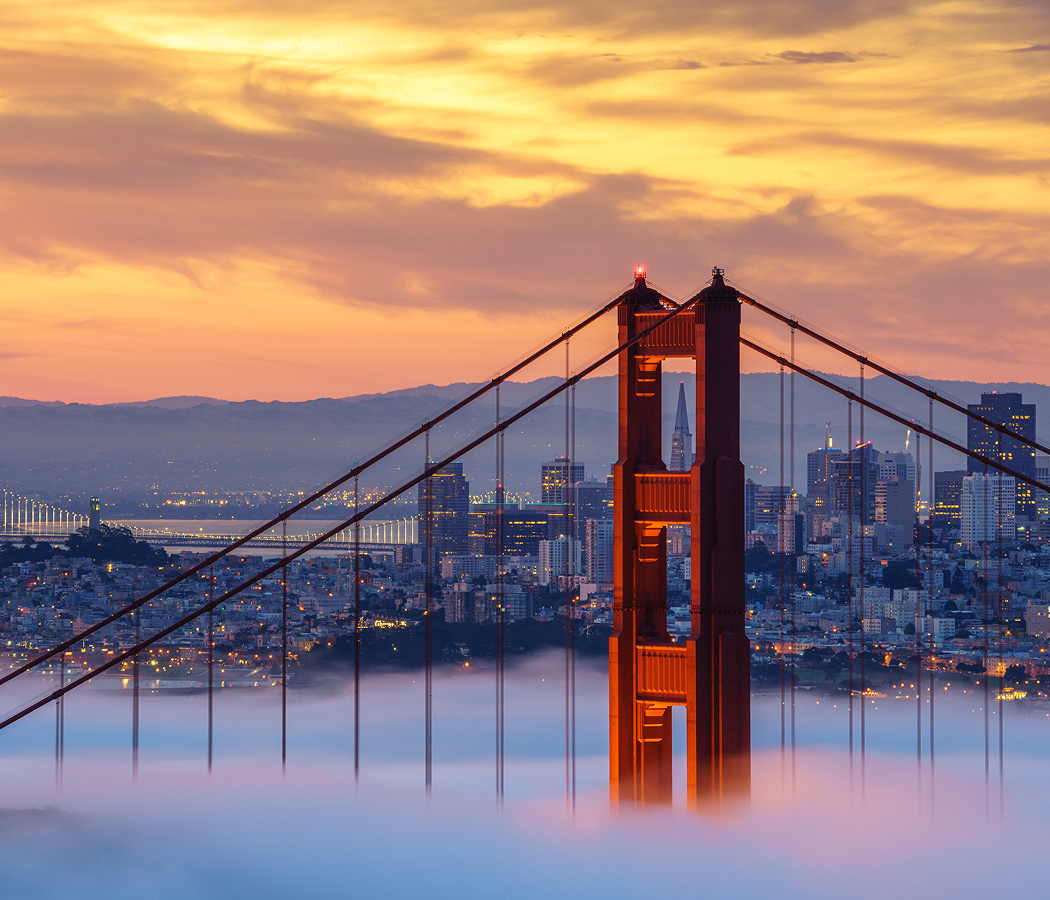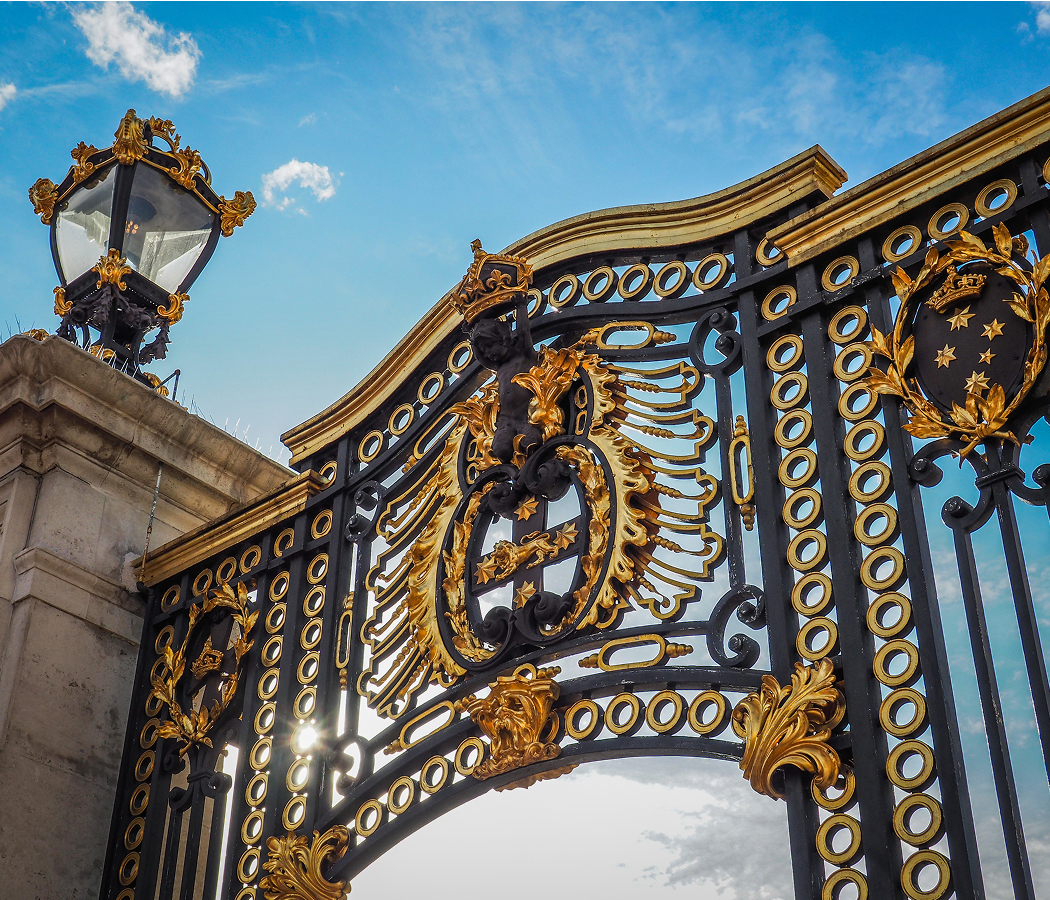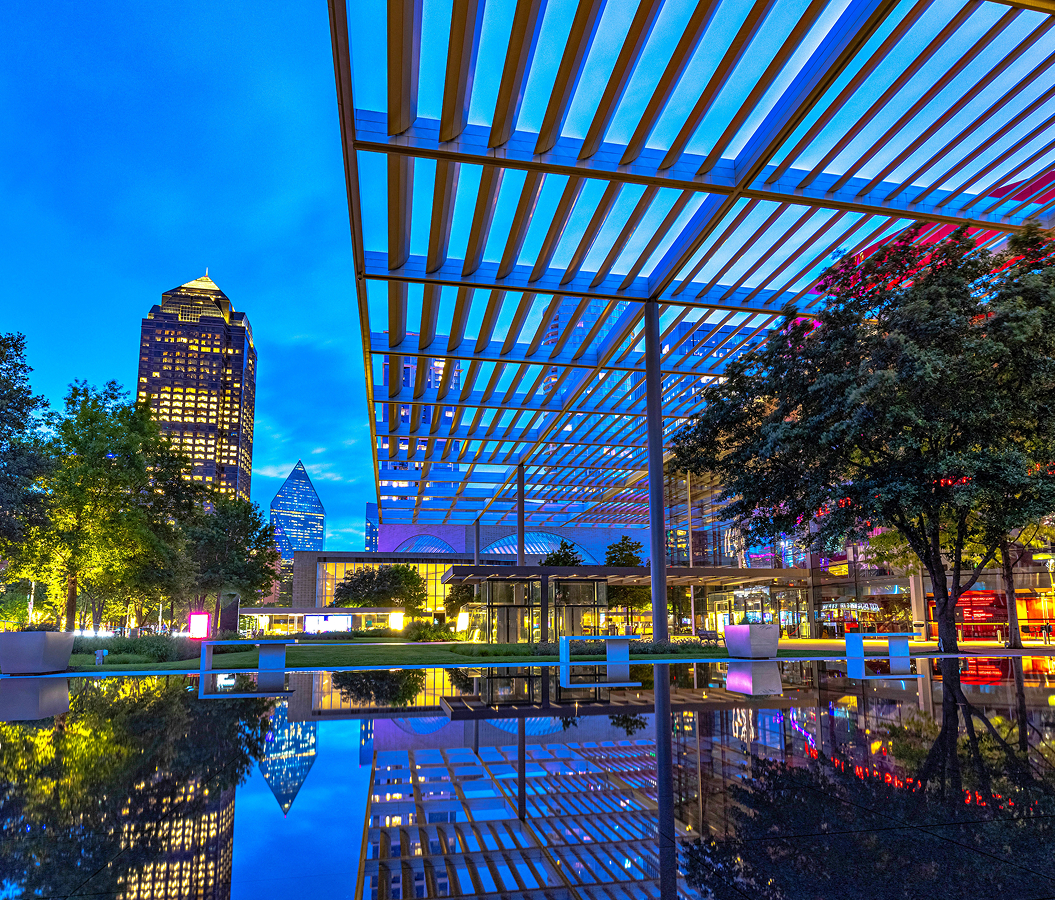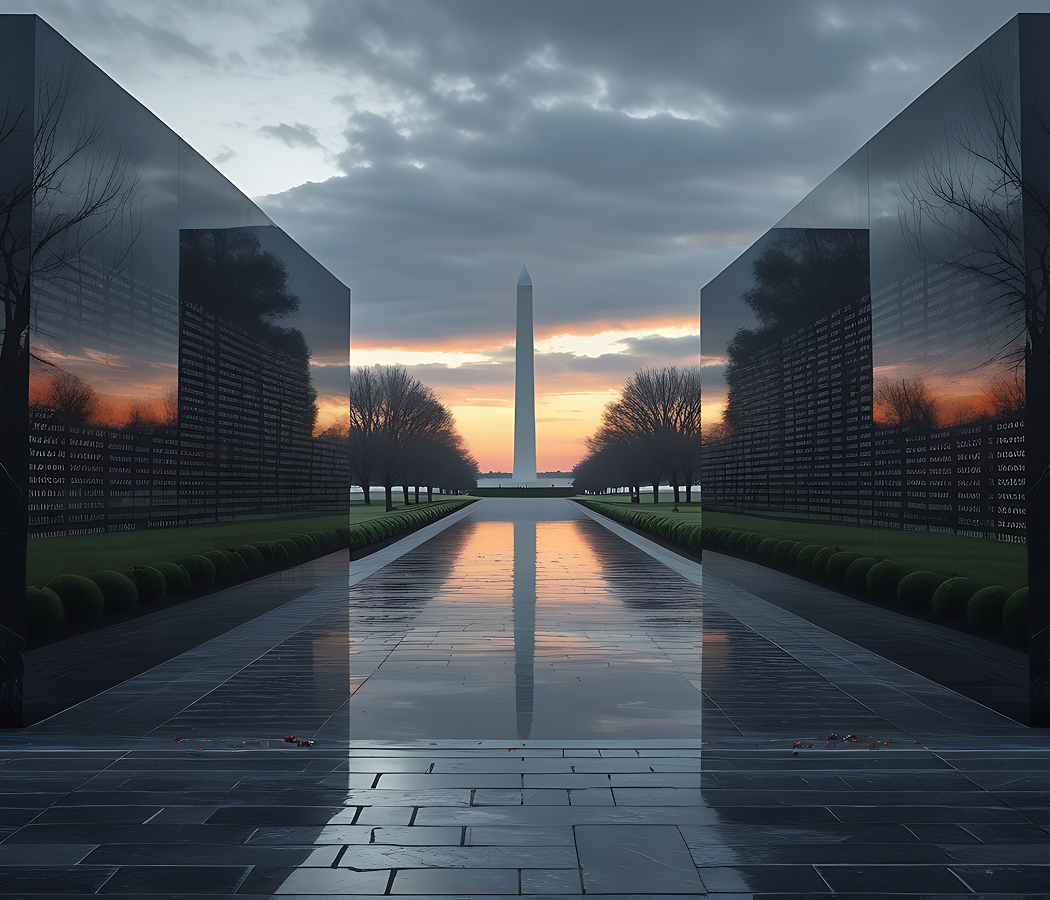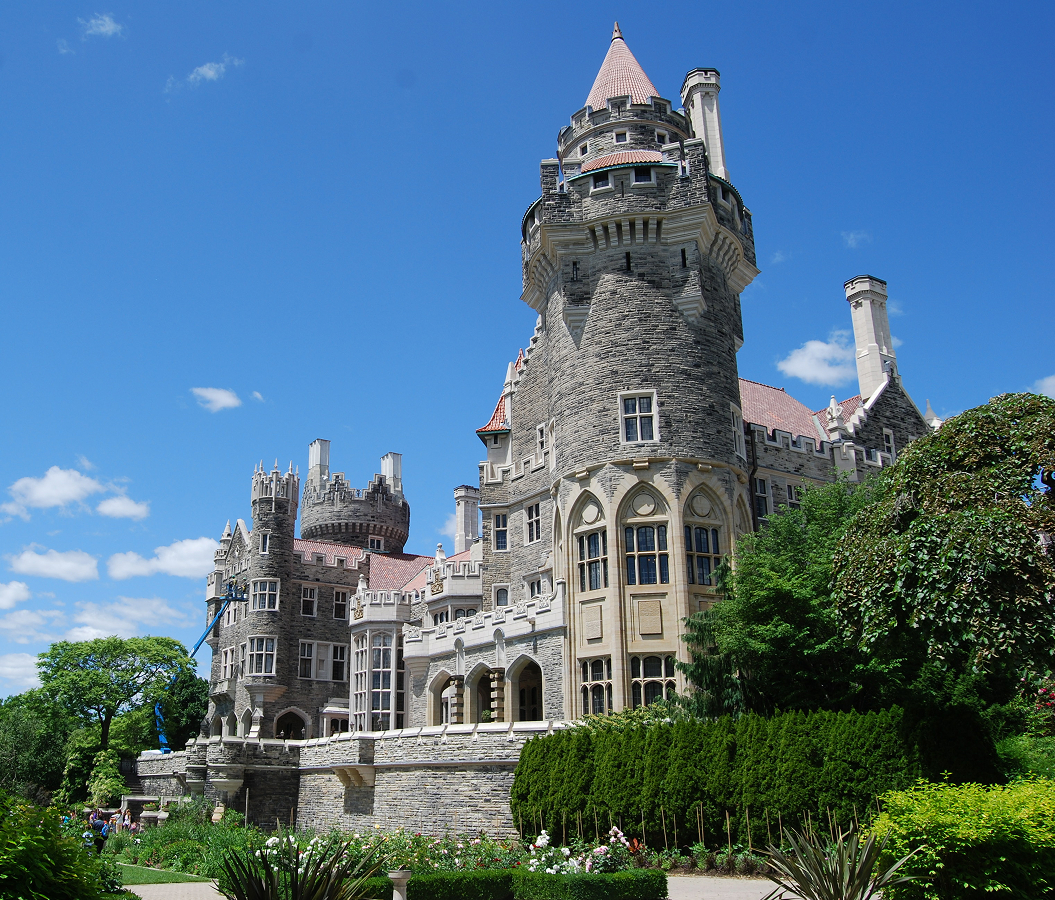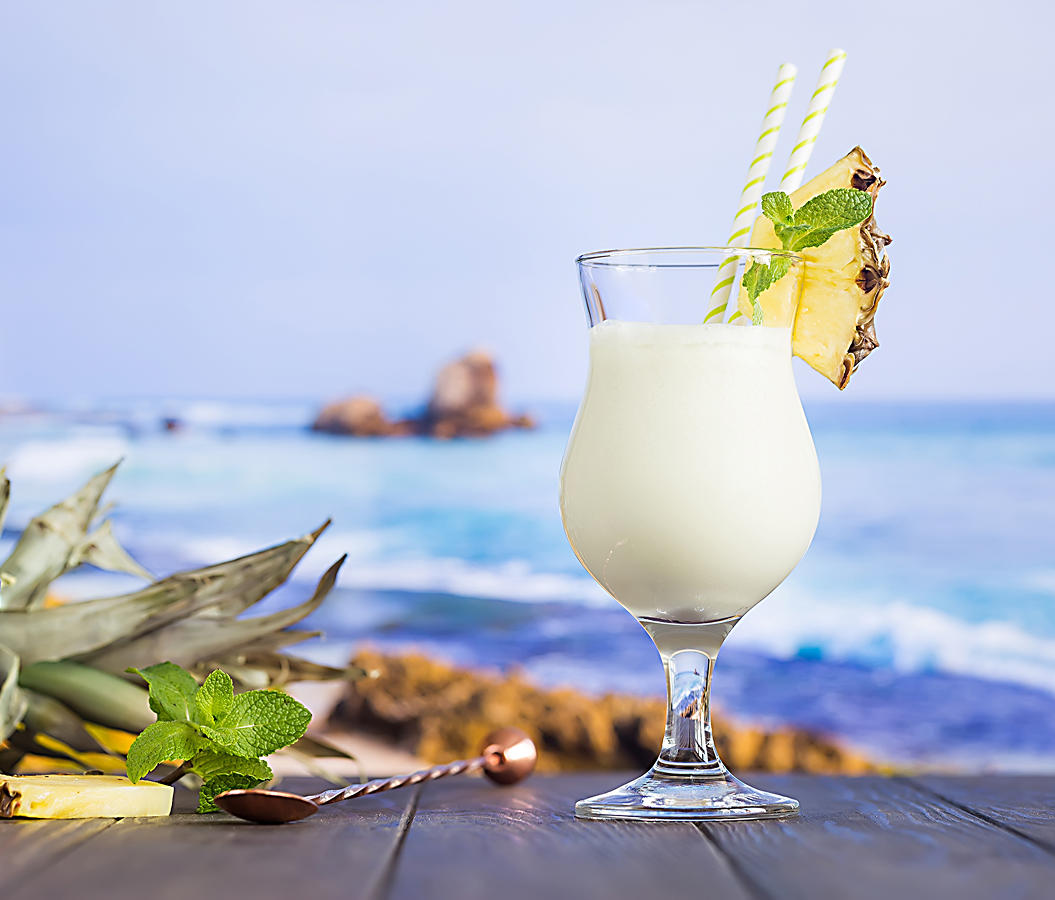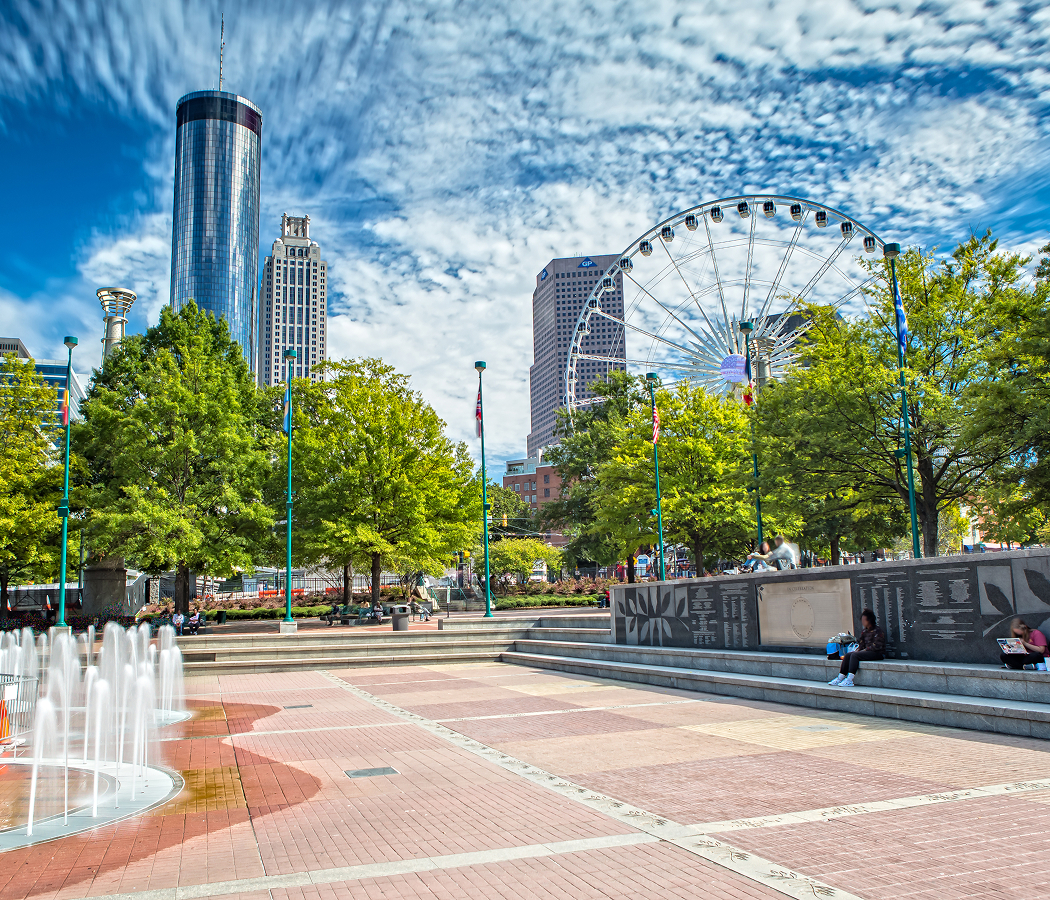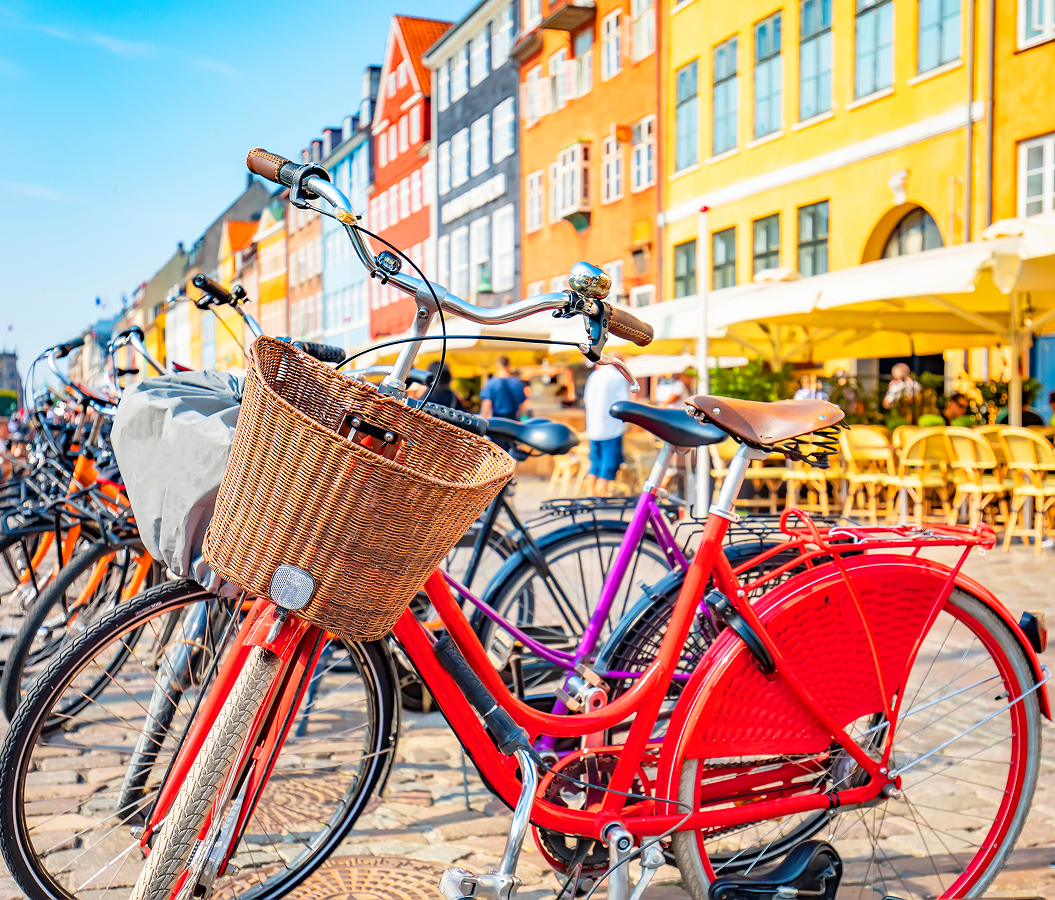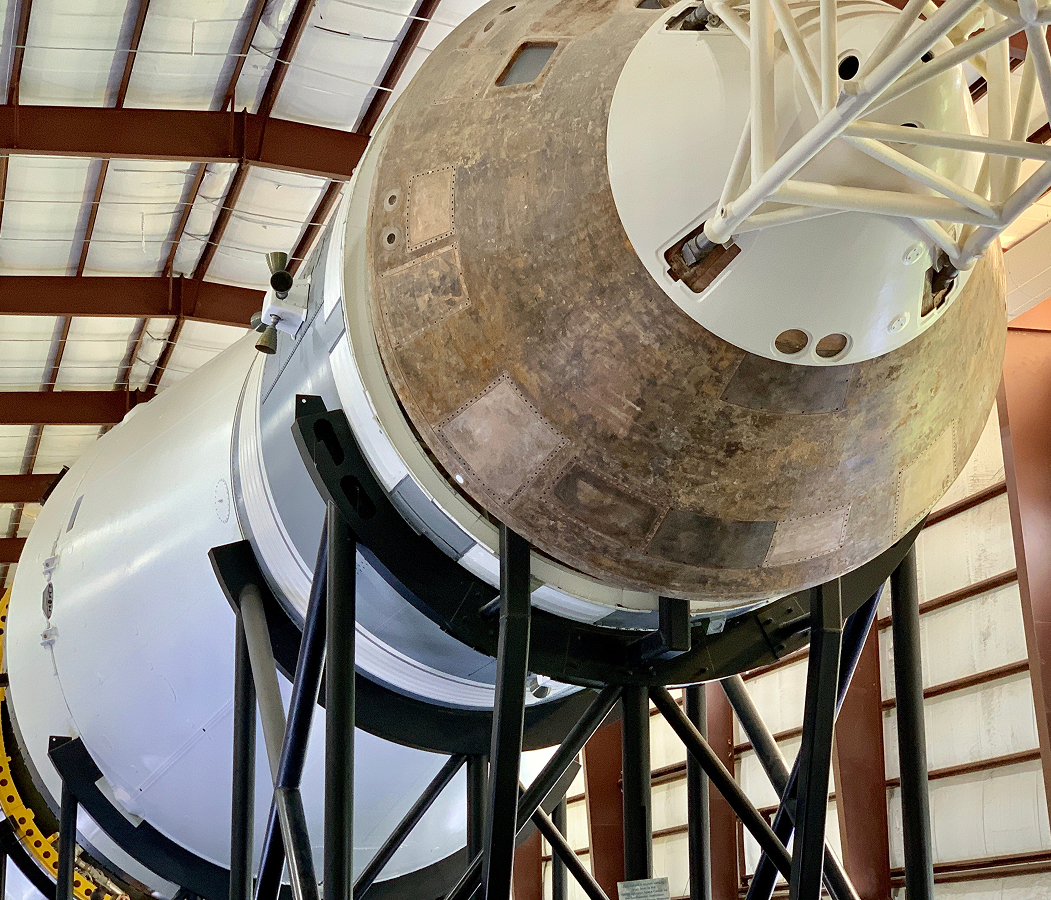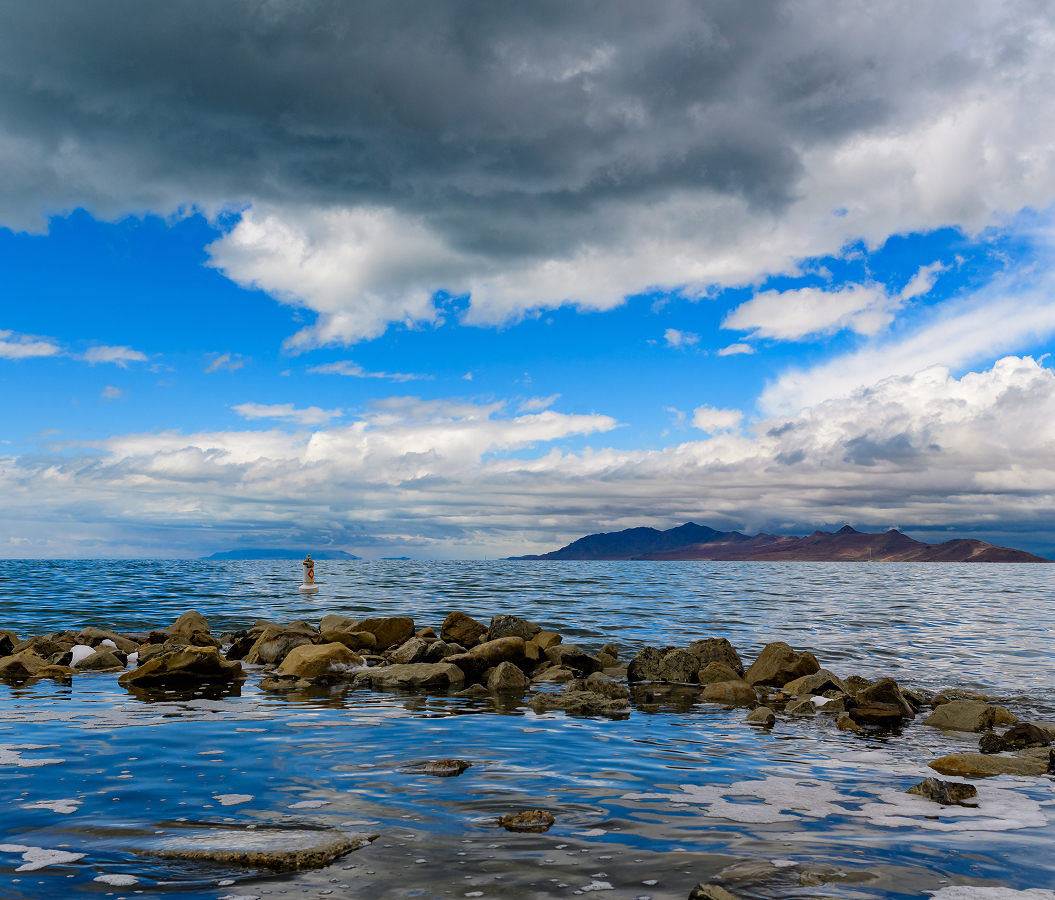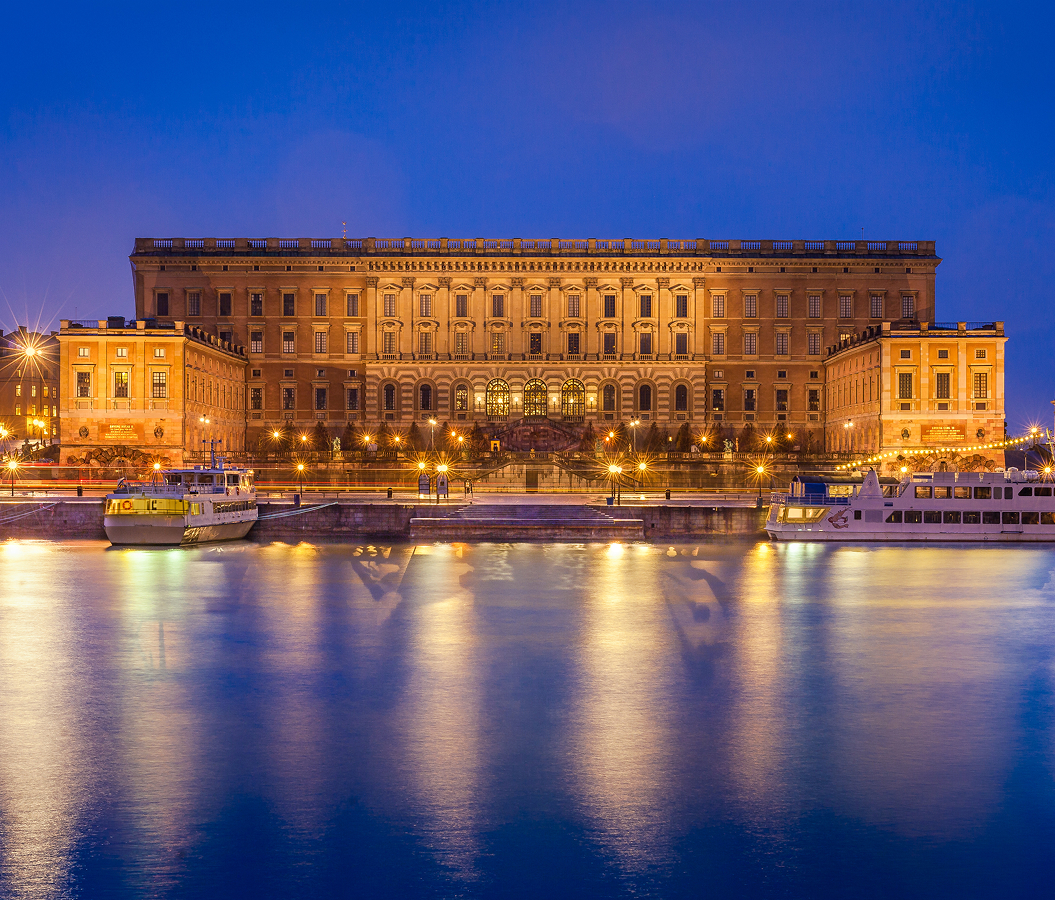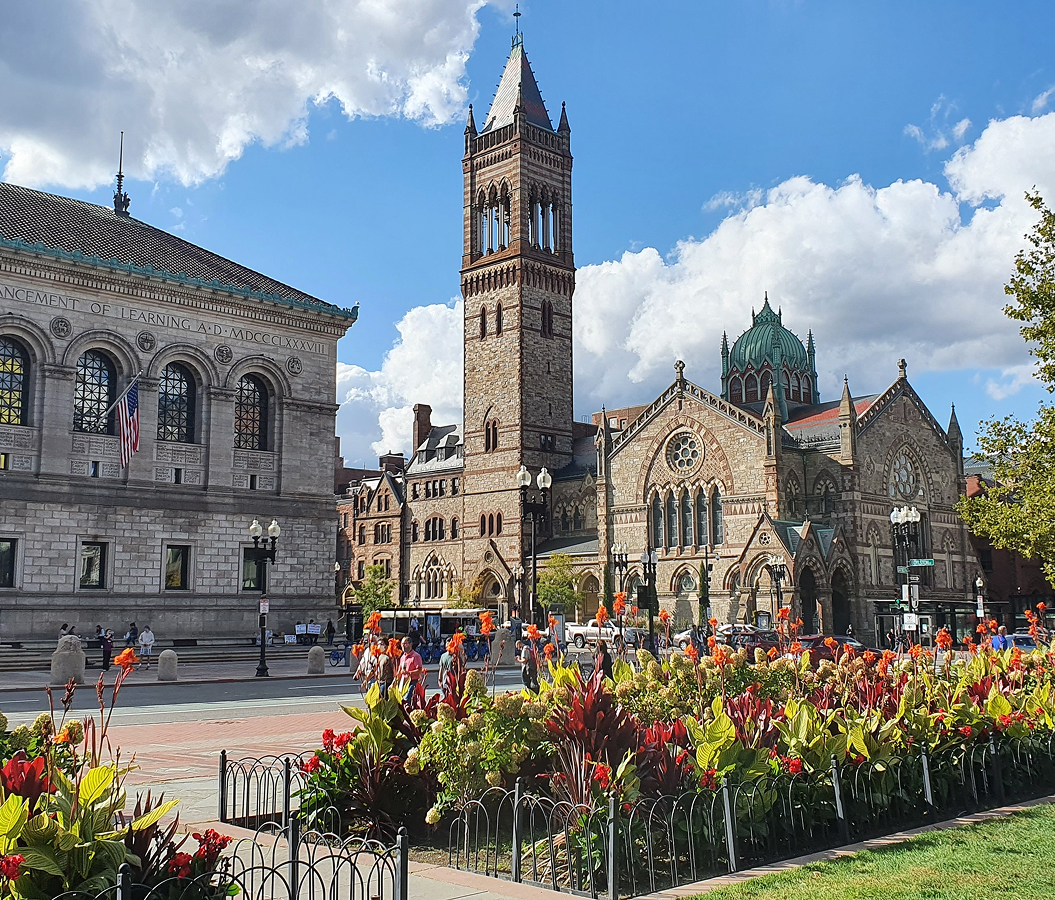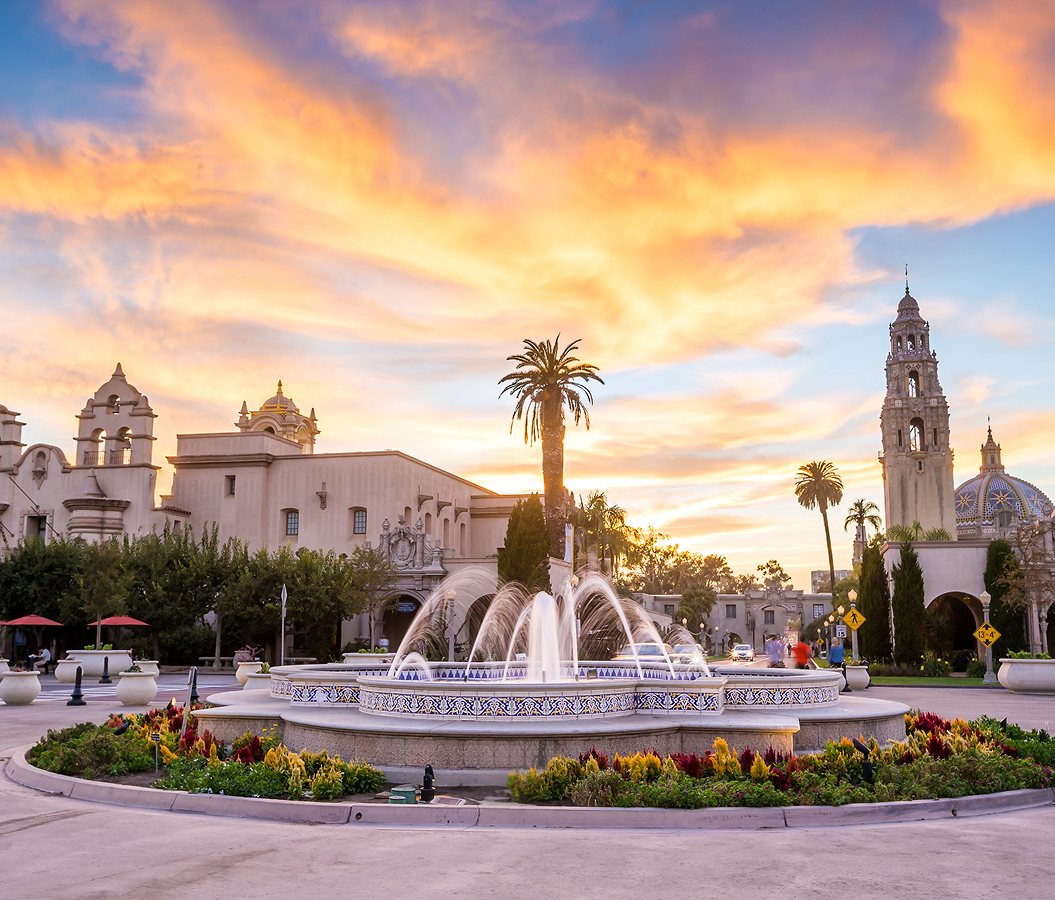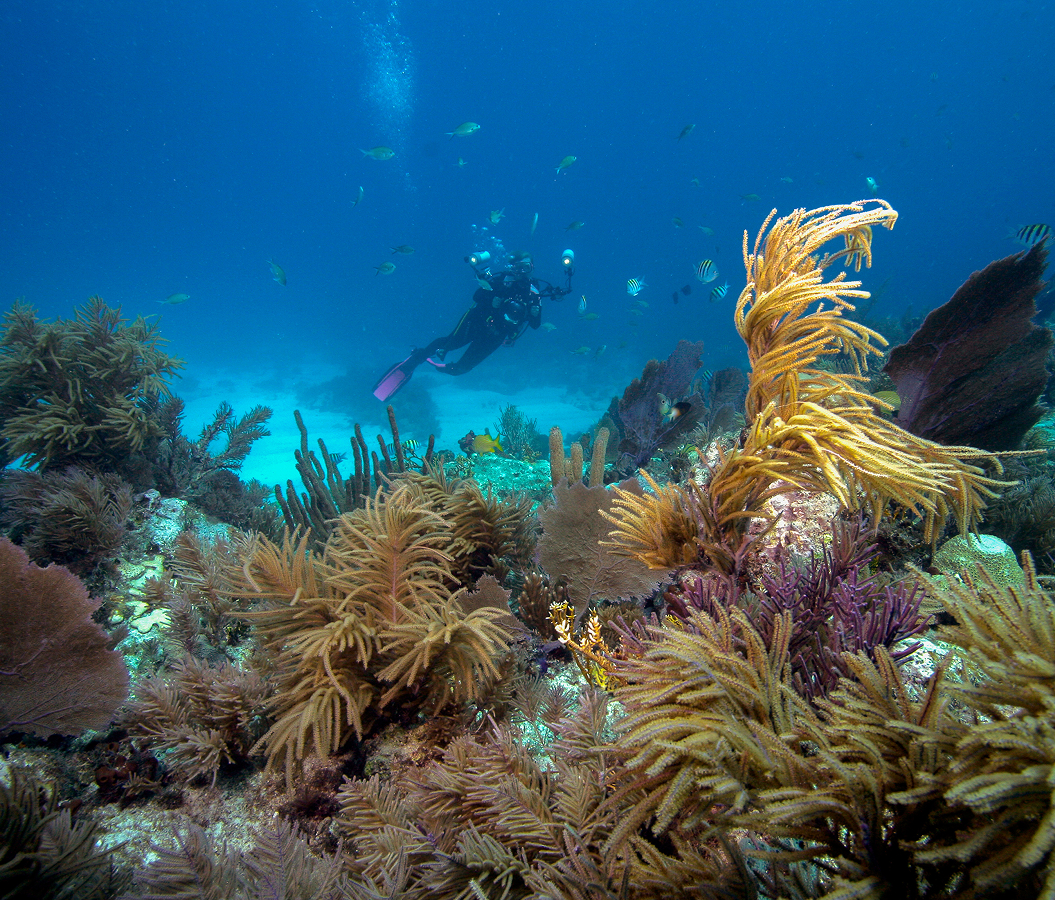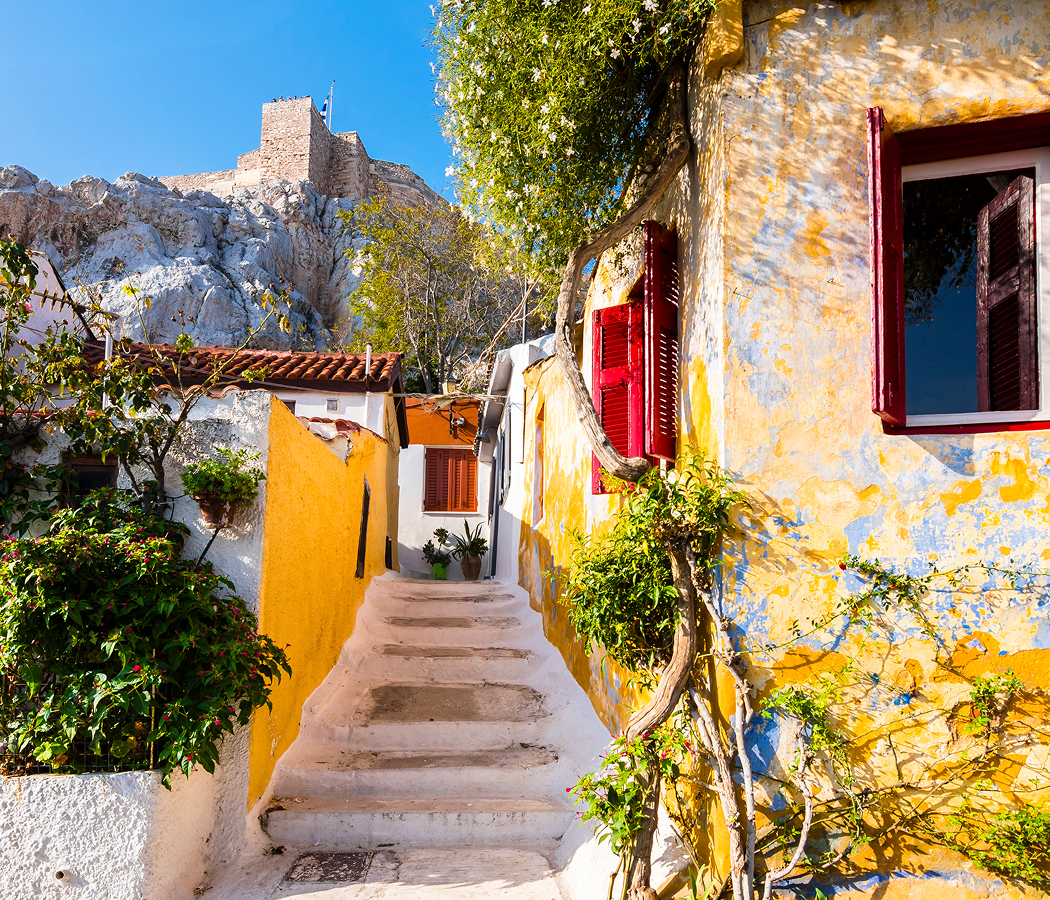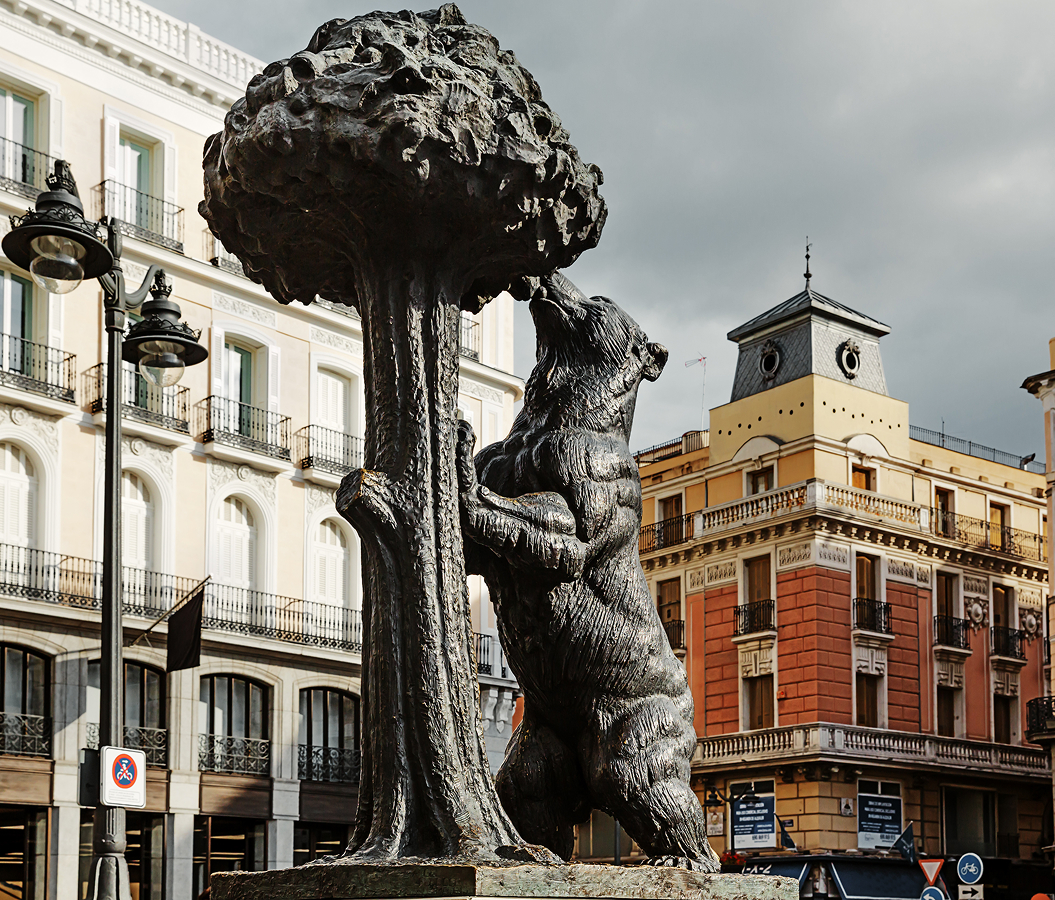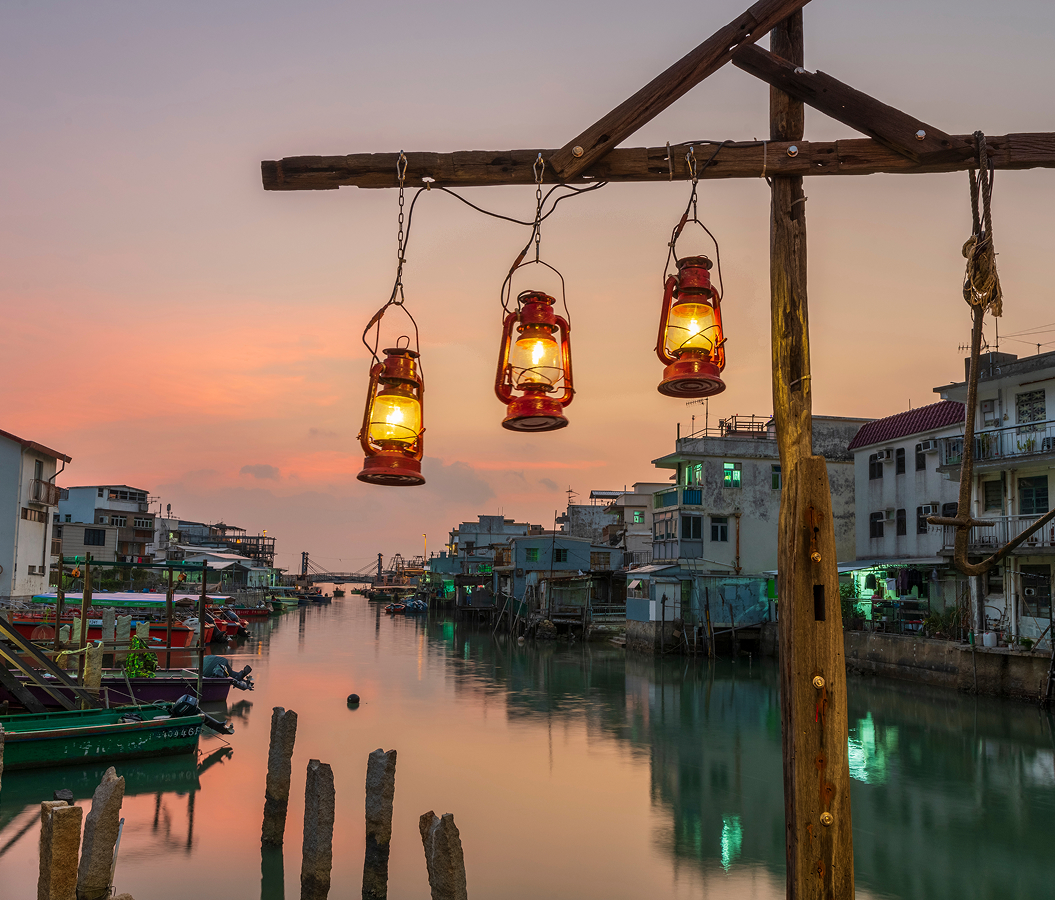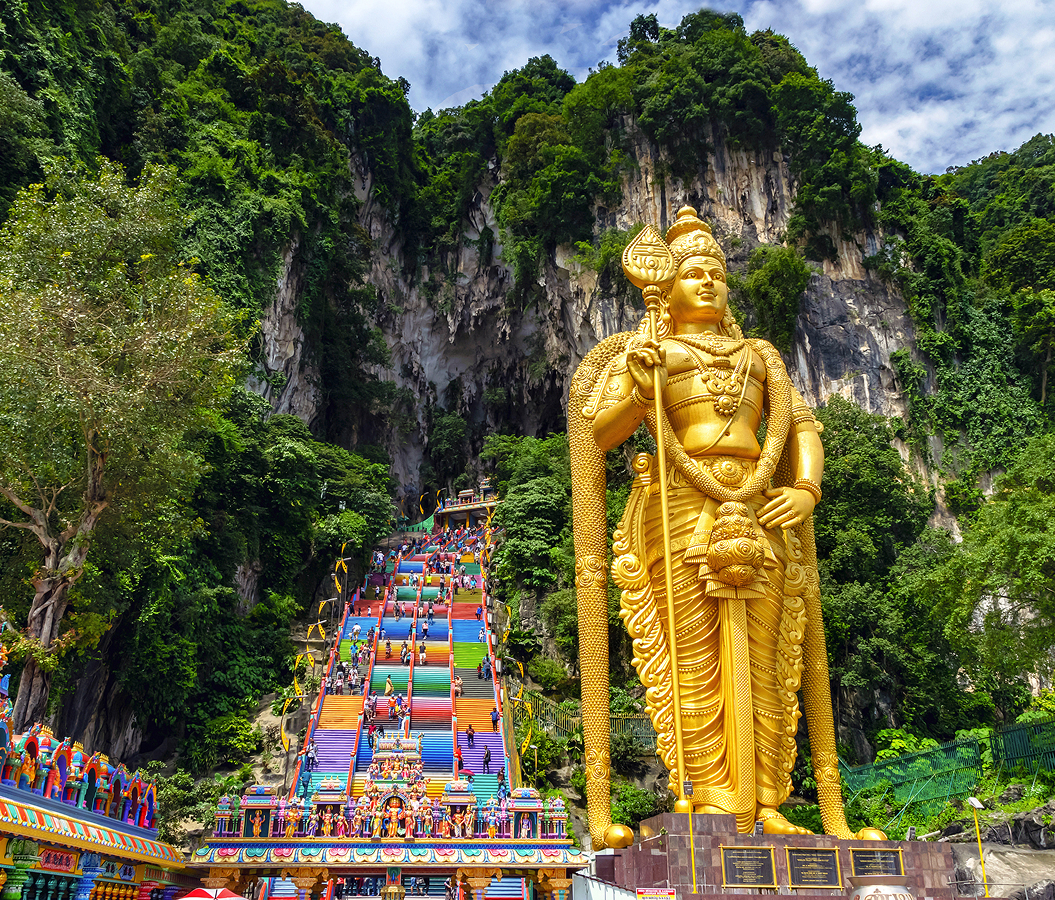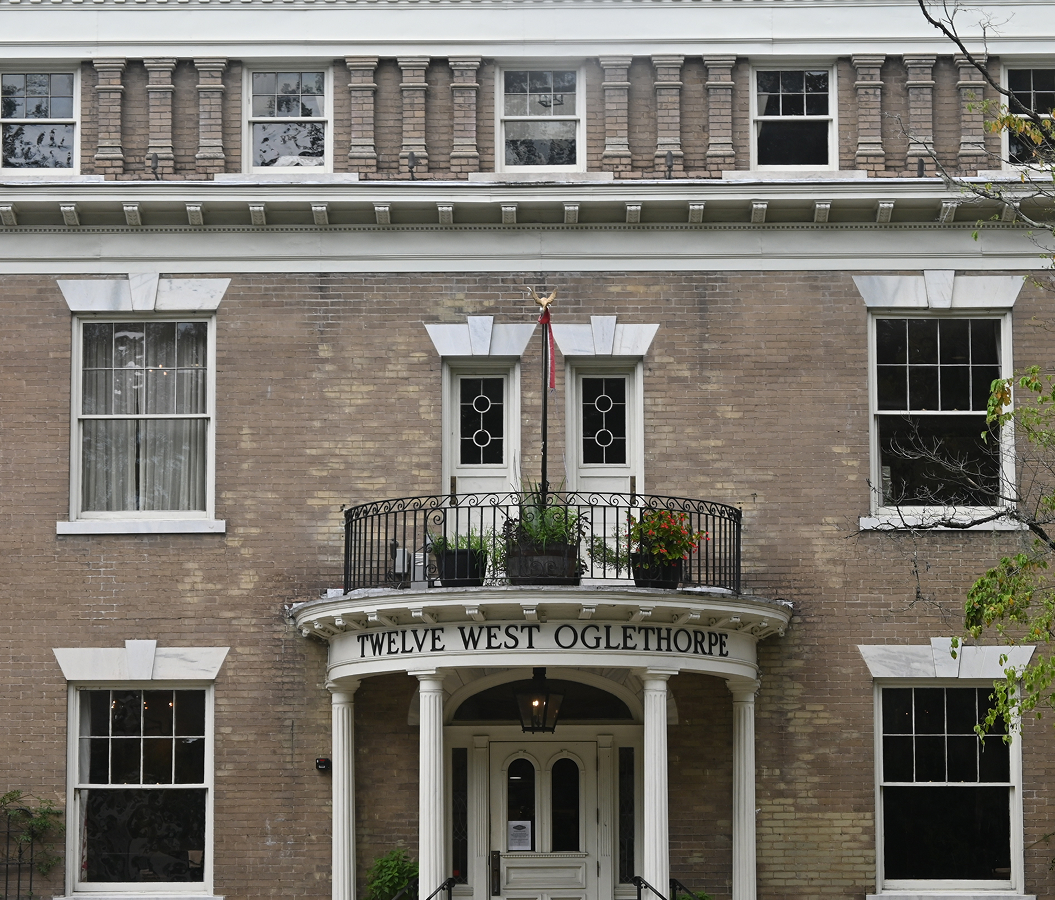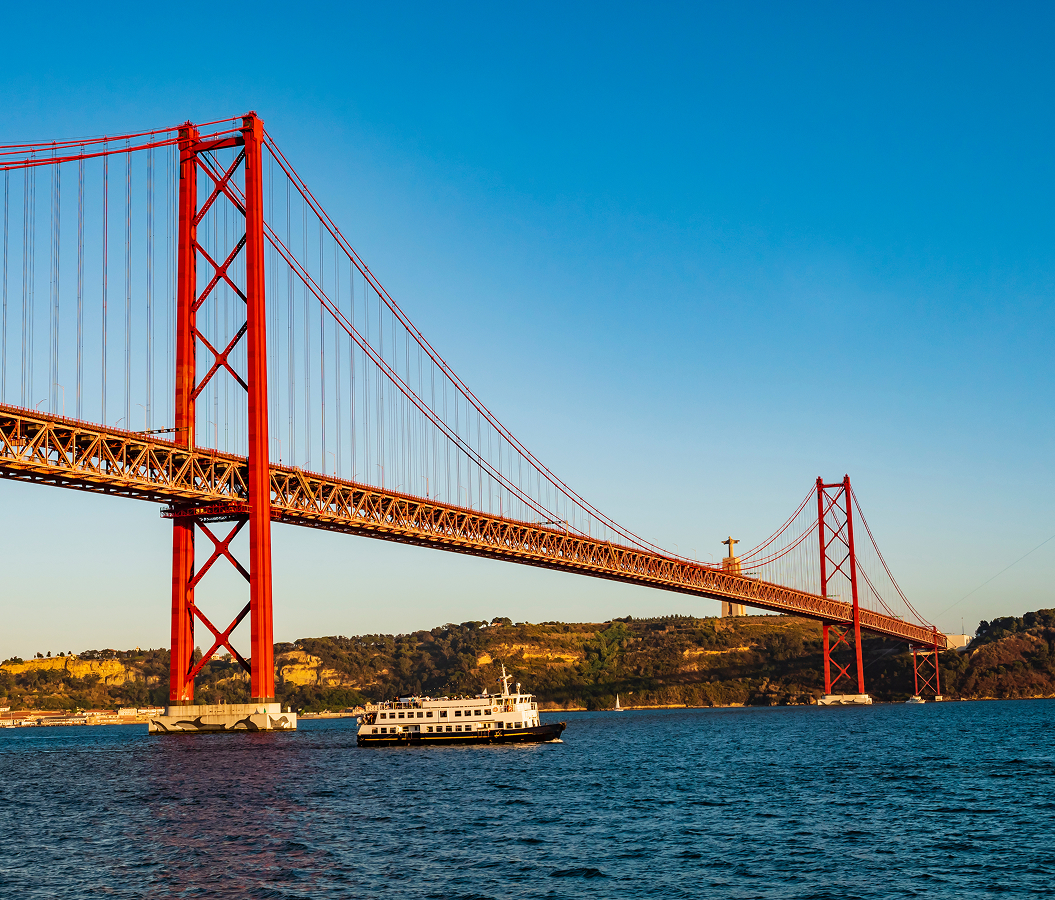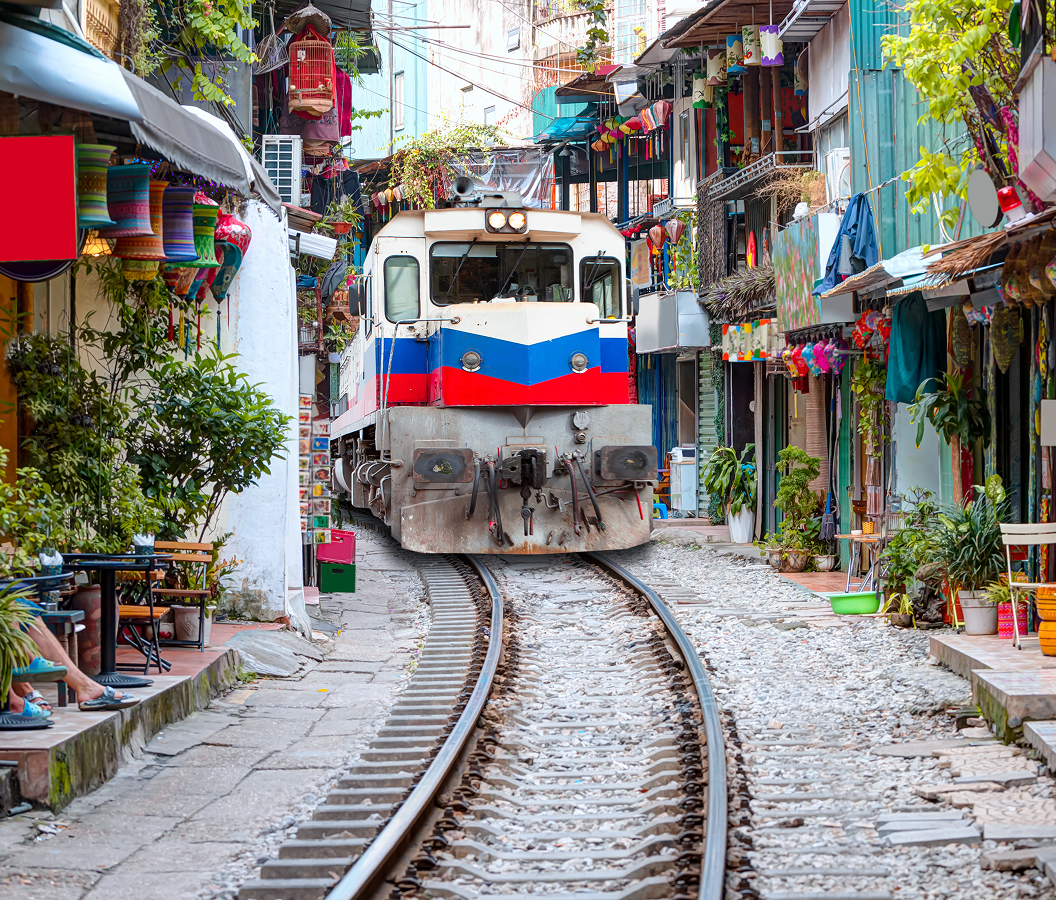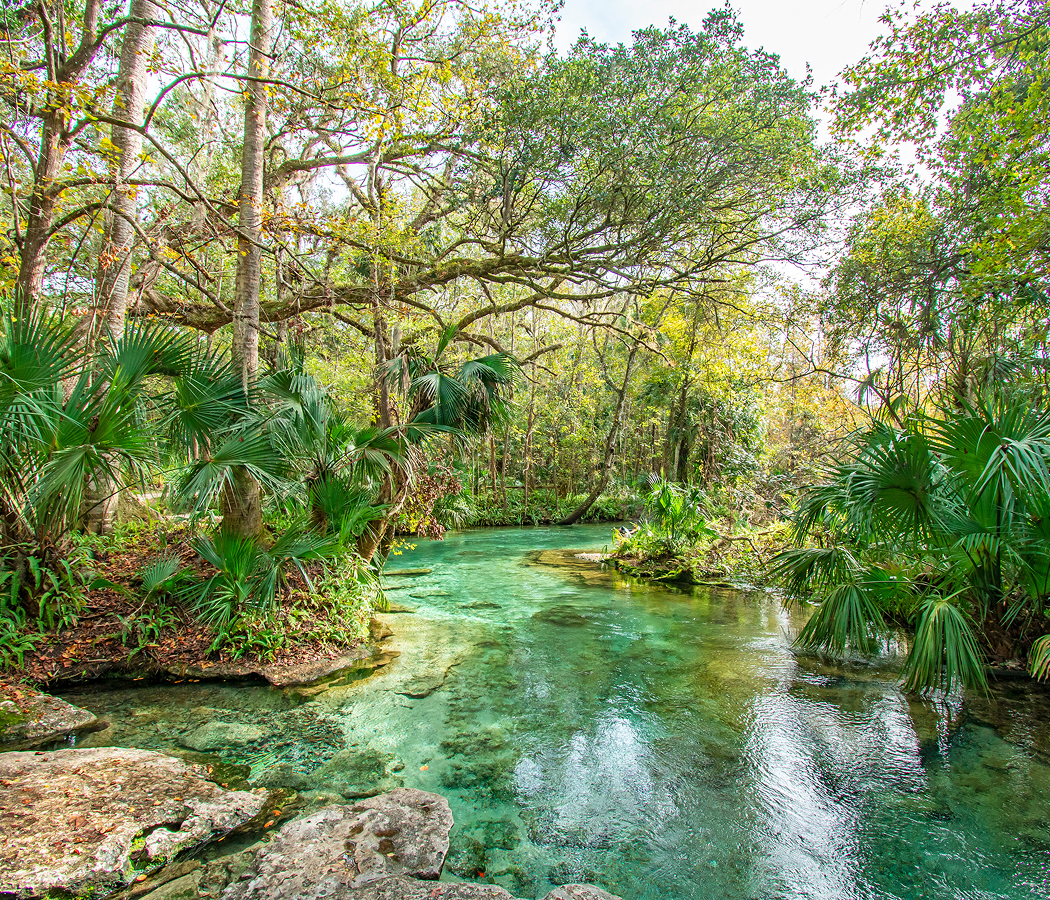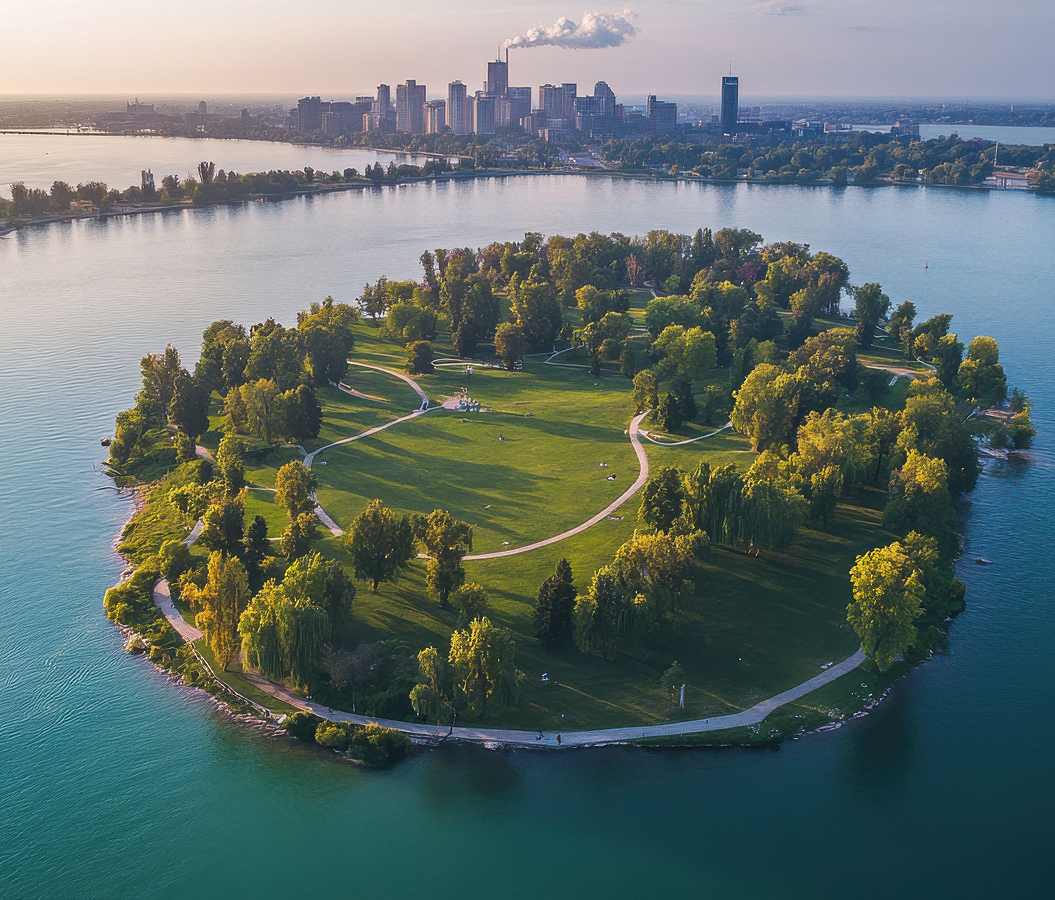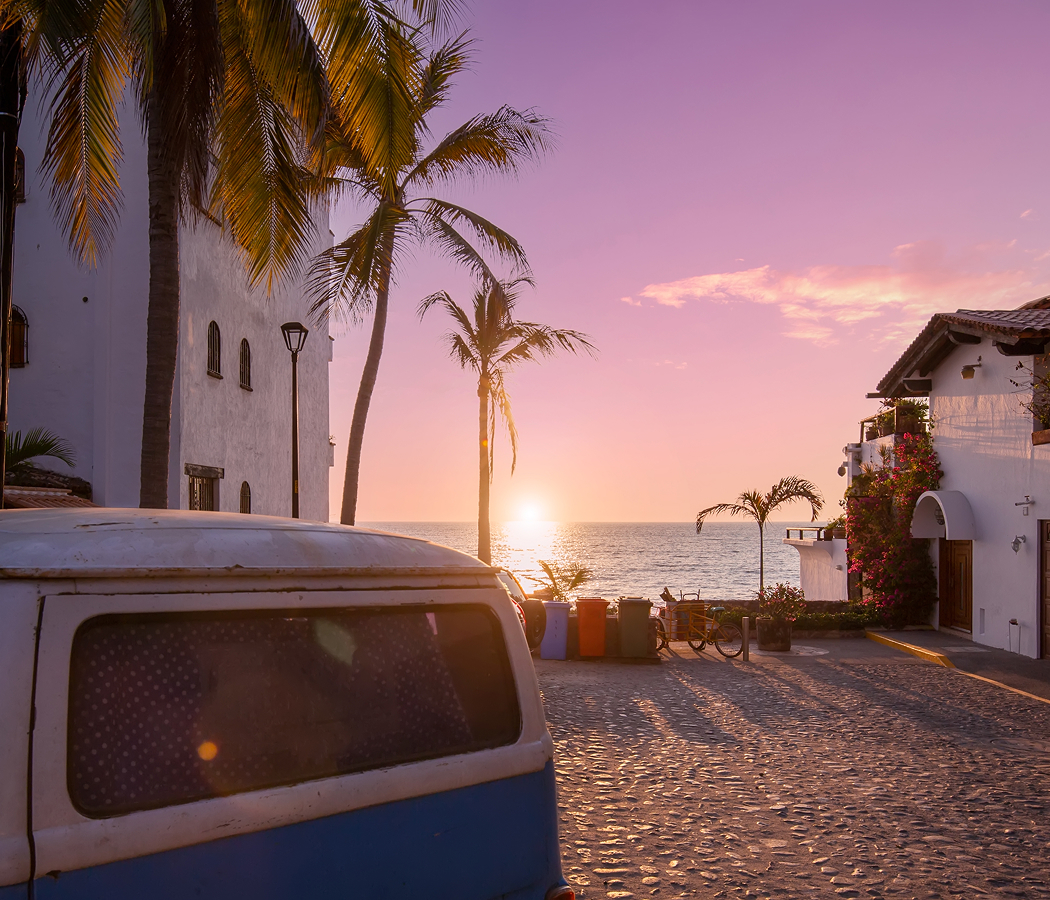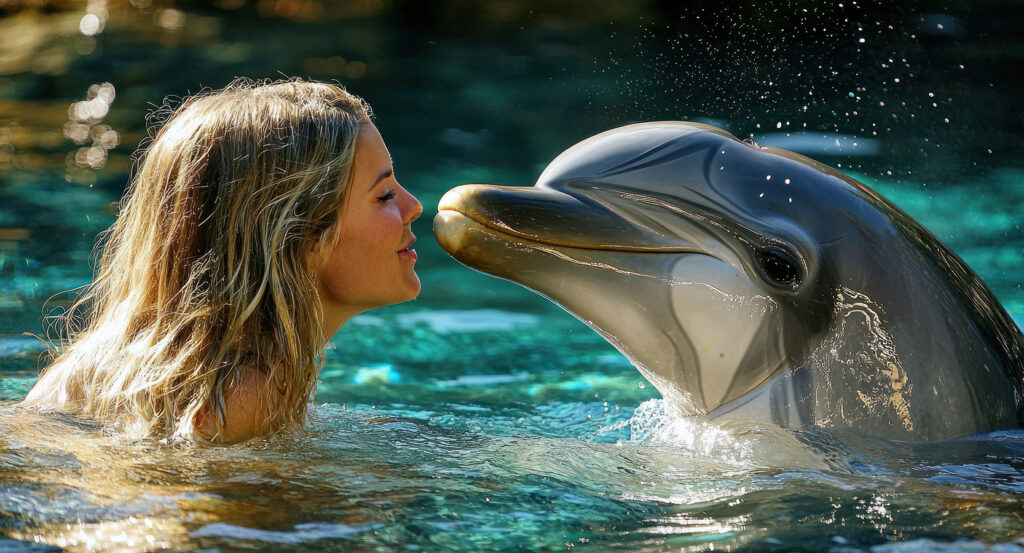
What you didn’t know about Puerto Vallarta, Mexico.
Puerto Vallarta’s magic runs deeper than its views, it’s a place shaped by volcanic geology, Indigenous roots, historic fishing traditions, and an unusually harmonious blend of nature and culture.
Bahía de Banderas, the vast bay cradling the city, is one of the deepest natural bays on the planet, drawing migrating humpback whales each winter and creating complex currents that give the region its vibrant marine life. The Sierra Madre above Puerto Vallarta isn’t just dramatic scenery, its dense forests host rare bird species, hidden waterfalls, and ecosystems shaped by centuries of volcanic activity. Long before tourism, the region’s shores were home to Indigenous groups like the Aztatlan and later the Wixárika (Huichol), whose art, beaded symbols, bright yarn paintings, sacred patterns, still carves meaning into the city’s cultural fabric. Puerto Vallarta’s cobblestone core was once a humble fishing village until the 1960s, when “The Night of the Iguana” brought Hollywood attention, transforming the city while preserving its soul: local families stayed, old neighborhoods remained, and the culture evolved without losing its authenticity. Even the beaches hold layers of local life, fishermen launching boats at dawn, frigate birds circling overhead, tide pools forming in rocky outcrops, and hidden beaches reachable only by boat. Puerto Vallarta’s personality, warm, expressive, deeply rooted, is a product of these intersections: sea, mountains, history, art, and community blending into a place that feels more lived-in than manufactured. Travelers arrive expecting beaches; they leave remembering the humanity.
Five fascinations about Puerto Vallarta.
5. It became famous because of an affair.
Puerto Vallarta landed on the global map when Elizabeth Taylor and Richard Burton turned the city into their love nest during the filming of The Night of the Iguana in 1963, scandal and all.
4. The Malecon boardwalk hides secret art.
The iconic Malecon is home to dozens of public sculptures, but many have hidden messages, faces, or figures you’ll only spot if you look closely.
3. There’s a church bell inspired by a crown.
The Church of Our Lady of Guadalupe is topped with a crown modeled after Empress Carlota of Mexico’s imperial headpiece, and it’s one of the city’s most beloved landmarks.
2. It has a hidden beach inside a crater.
Playa del Amor, or the Hidden Beach, is nestled inside a volcanic crater on the Marieta Islands. Accessible only by swimming through a tunnel, it’s one of Mexico’s most surreal escapes.
1. The city once fought to keep its name.
In 1918, the town adopted the name Puerto Vallarta to honor Ignacio Vallarta, a former governor of Jalisco. When outsiders proposed changing it for tourism branding, locals refused, proudly keeping their heritage intact.
Where meaningful travel begins.
Start your journey with Foresyte, where the planning is part of the magic.
Discover the experiences that matter most.

